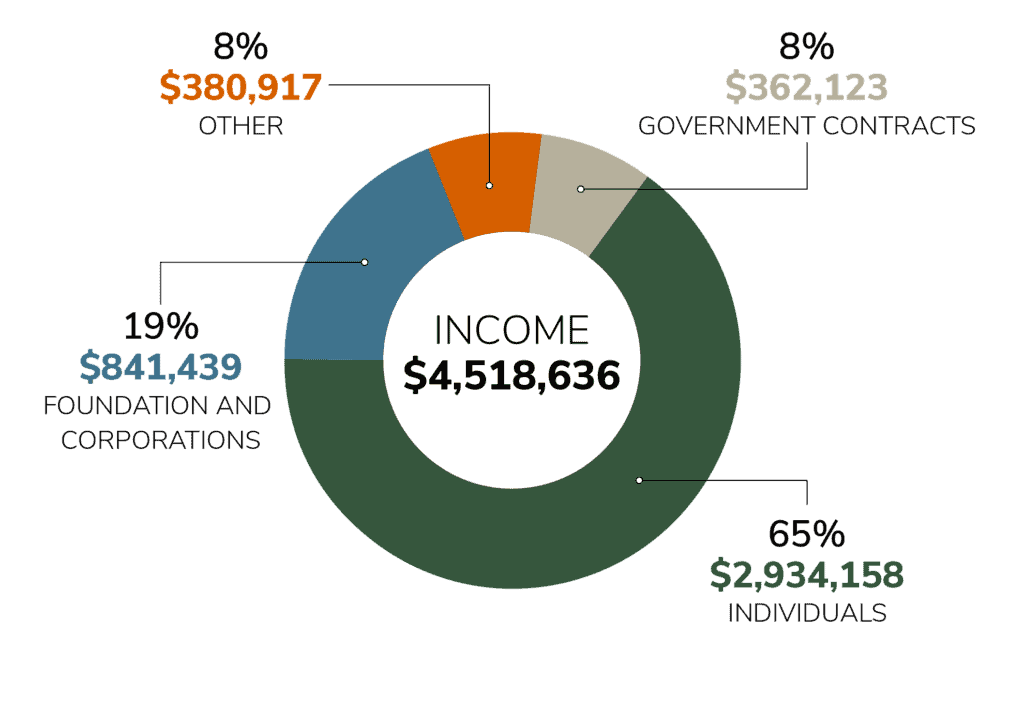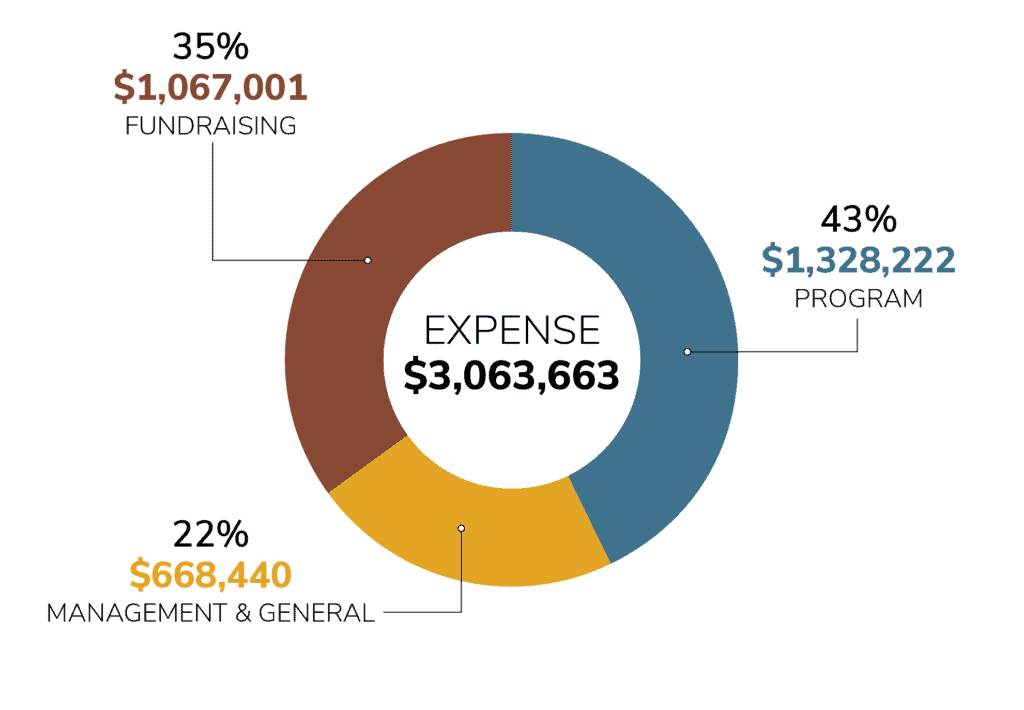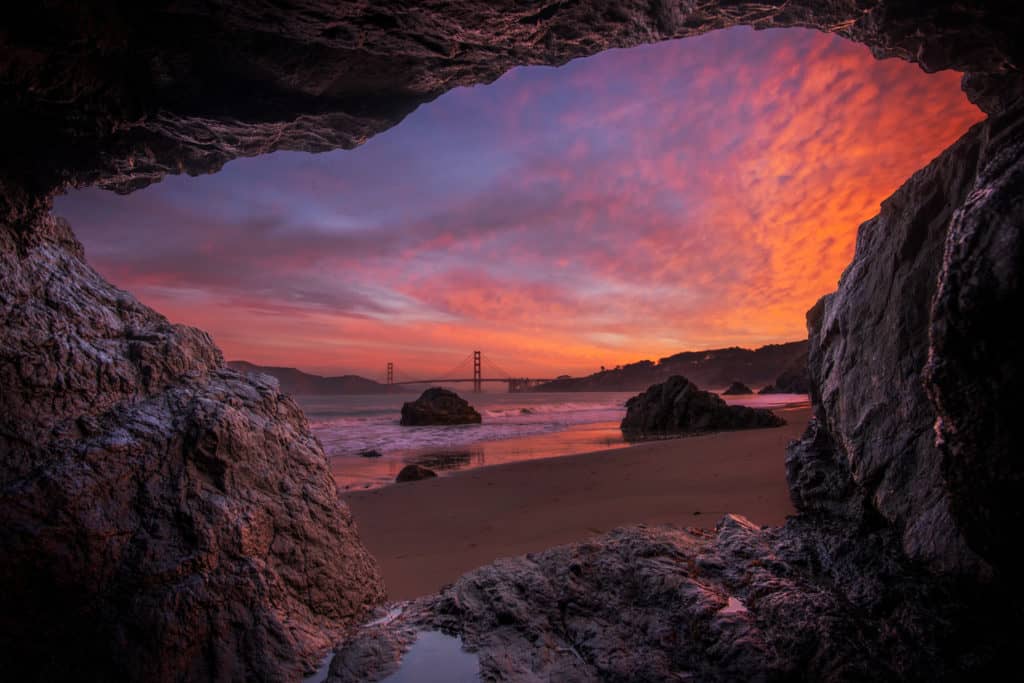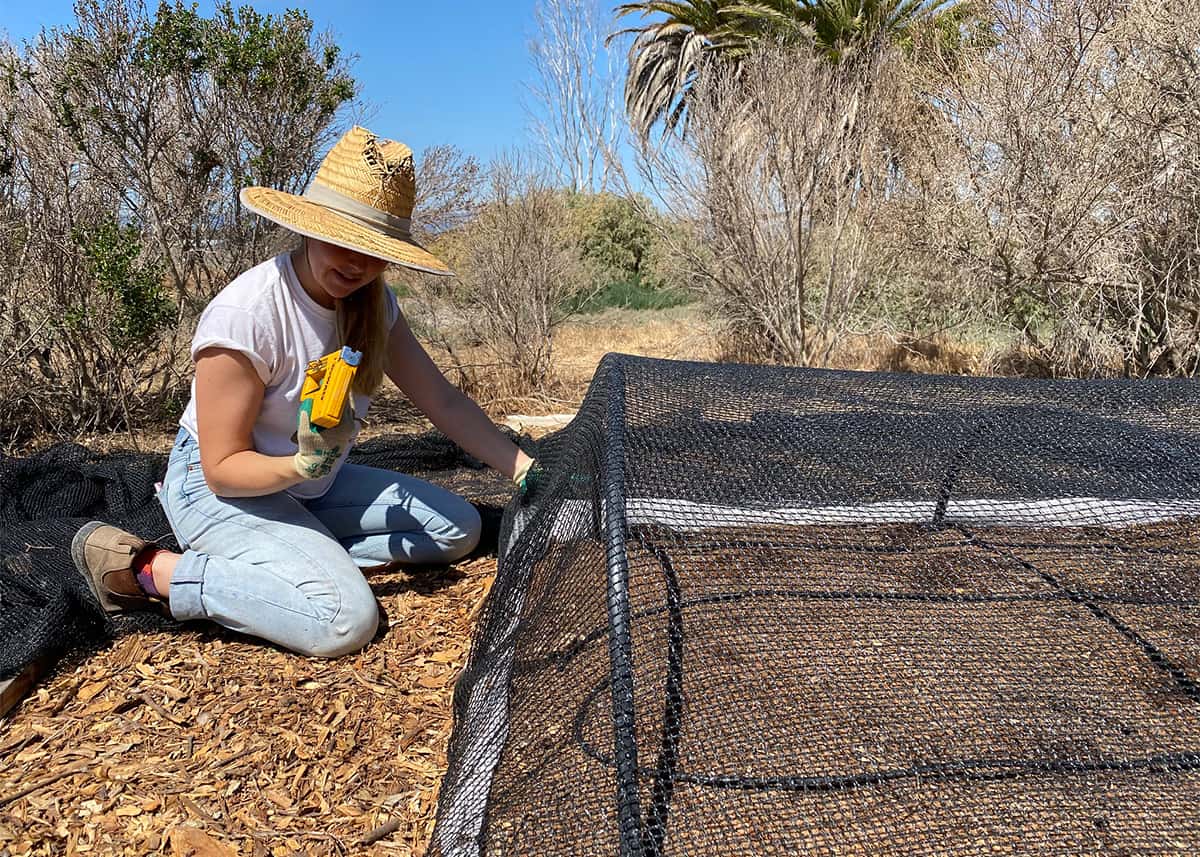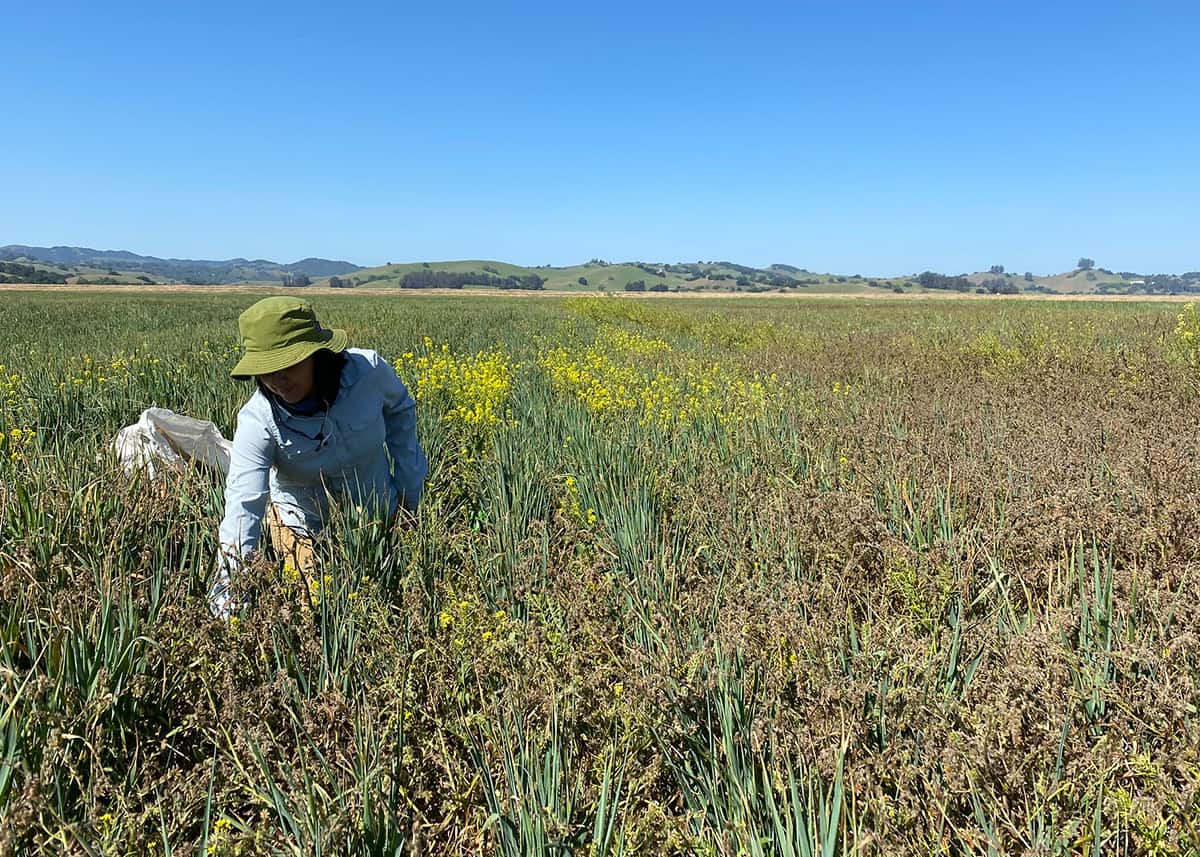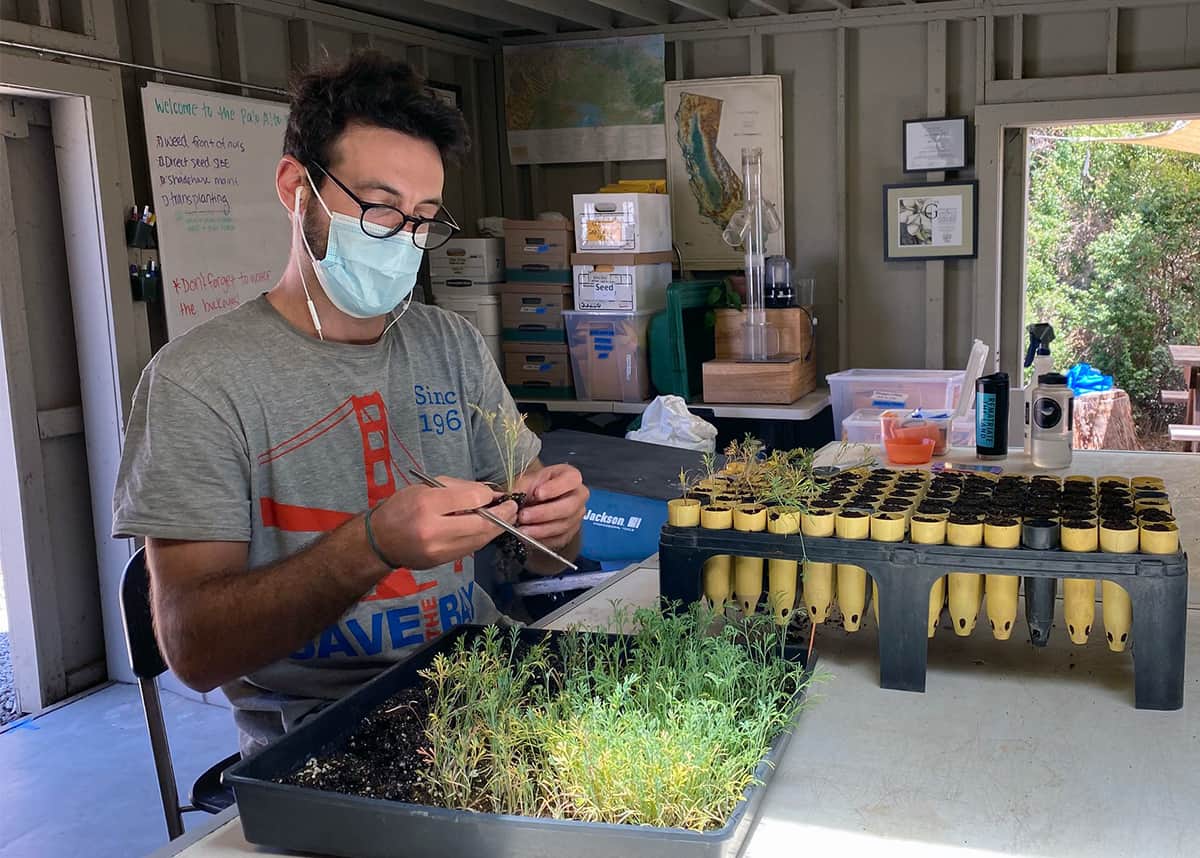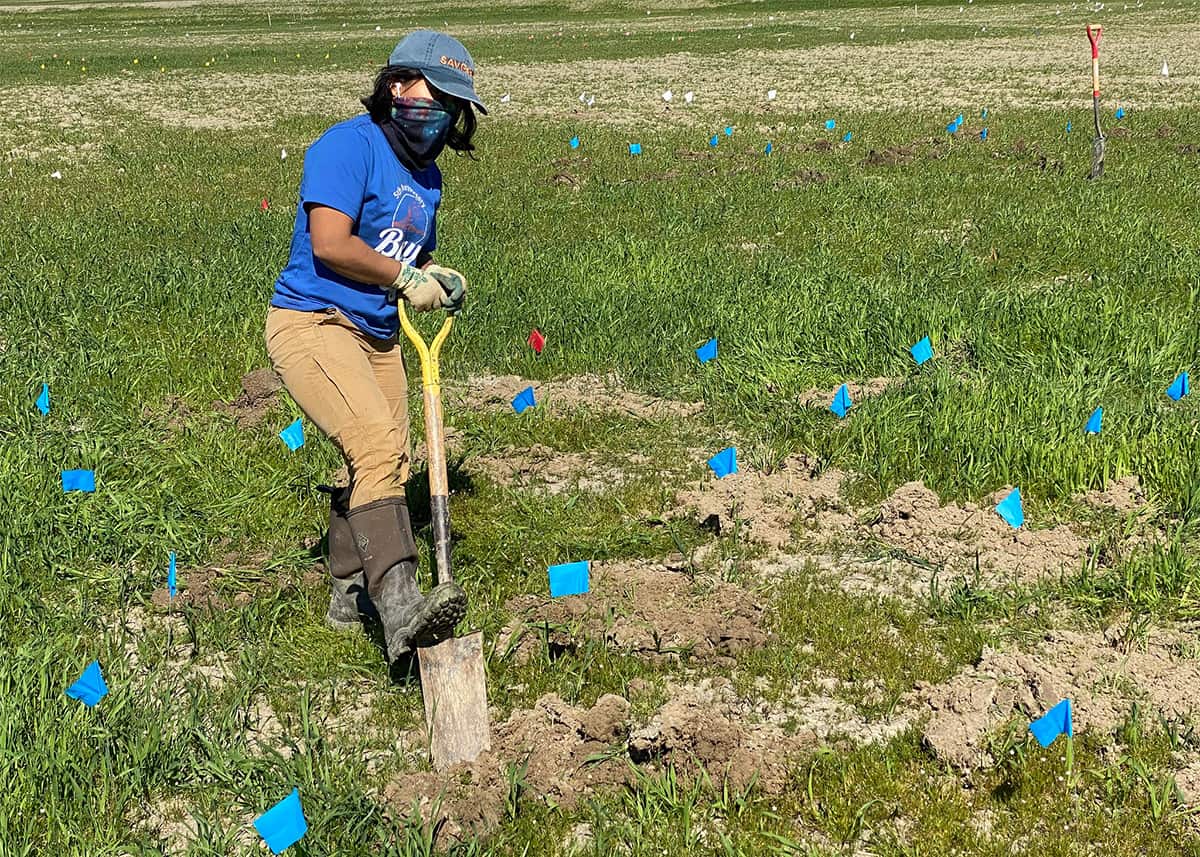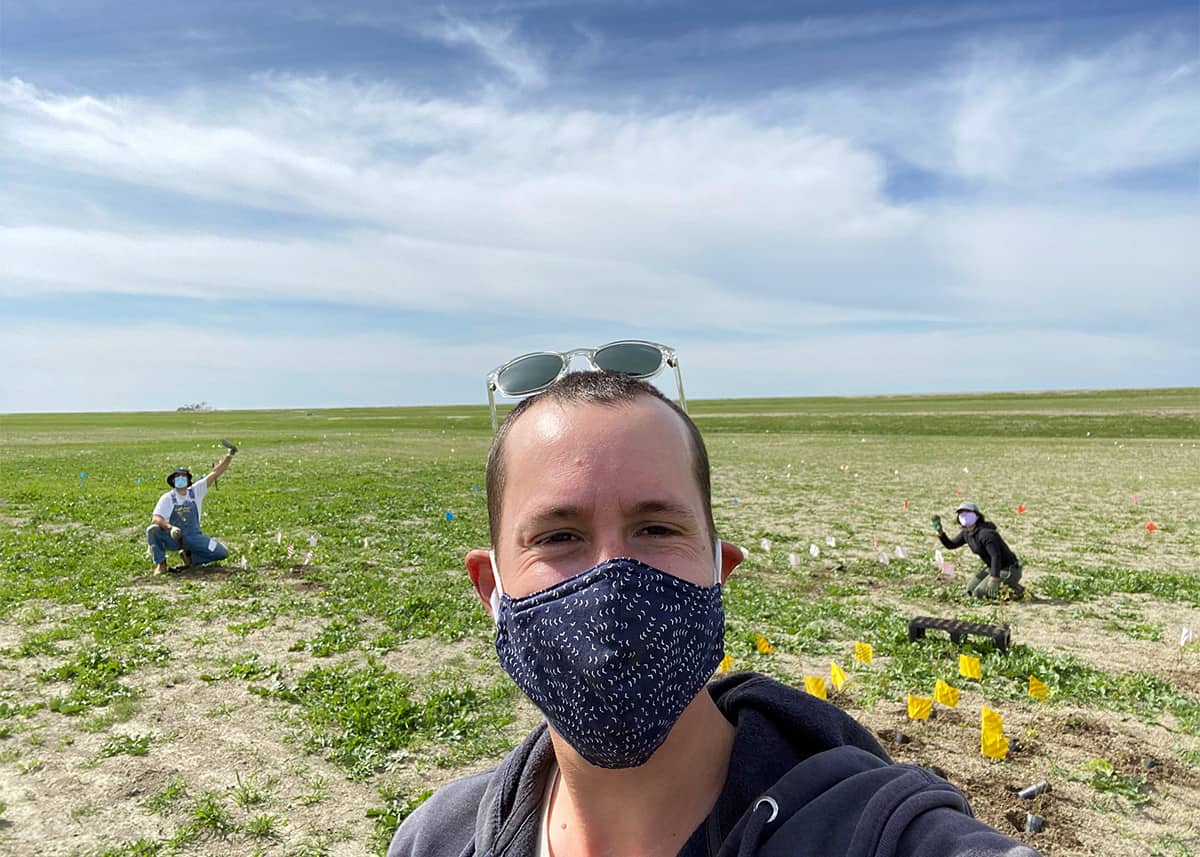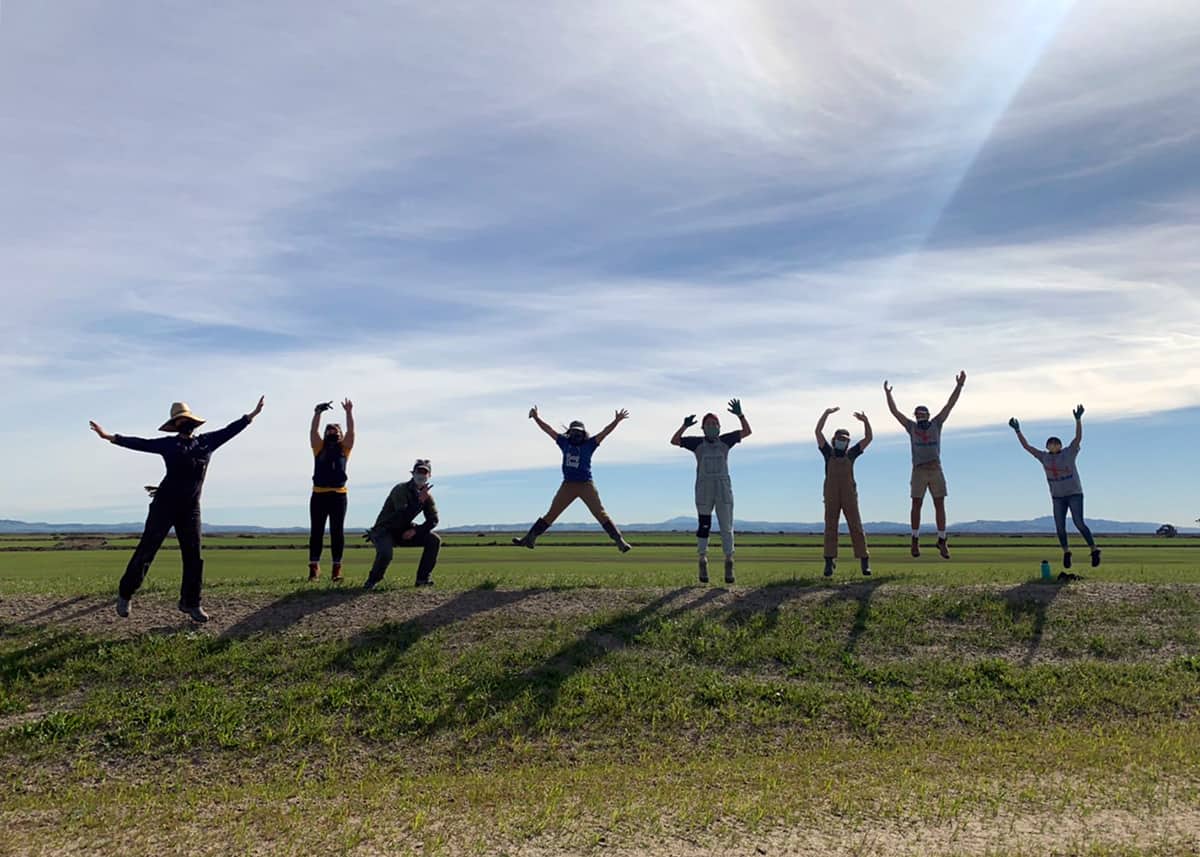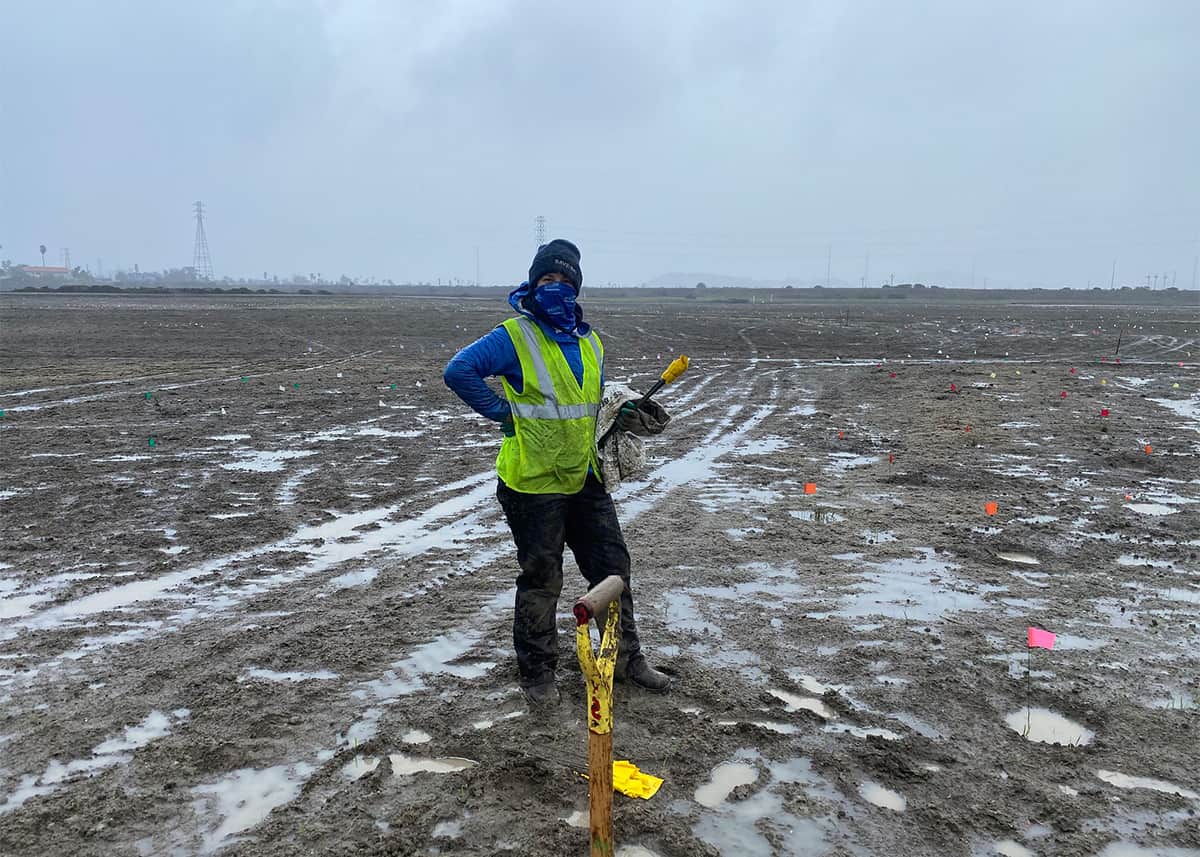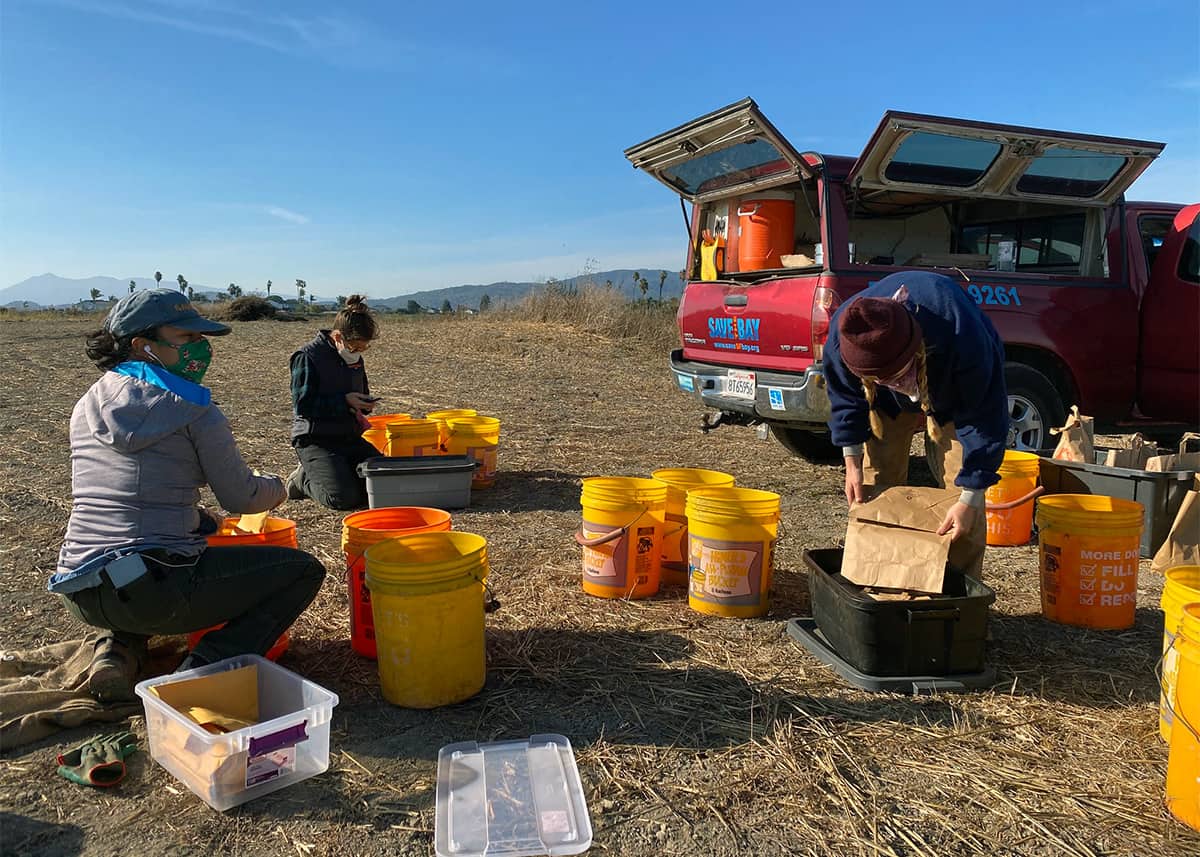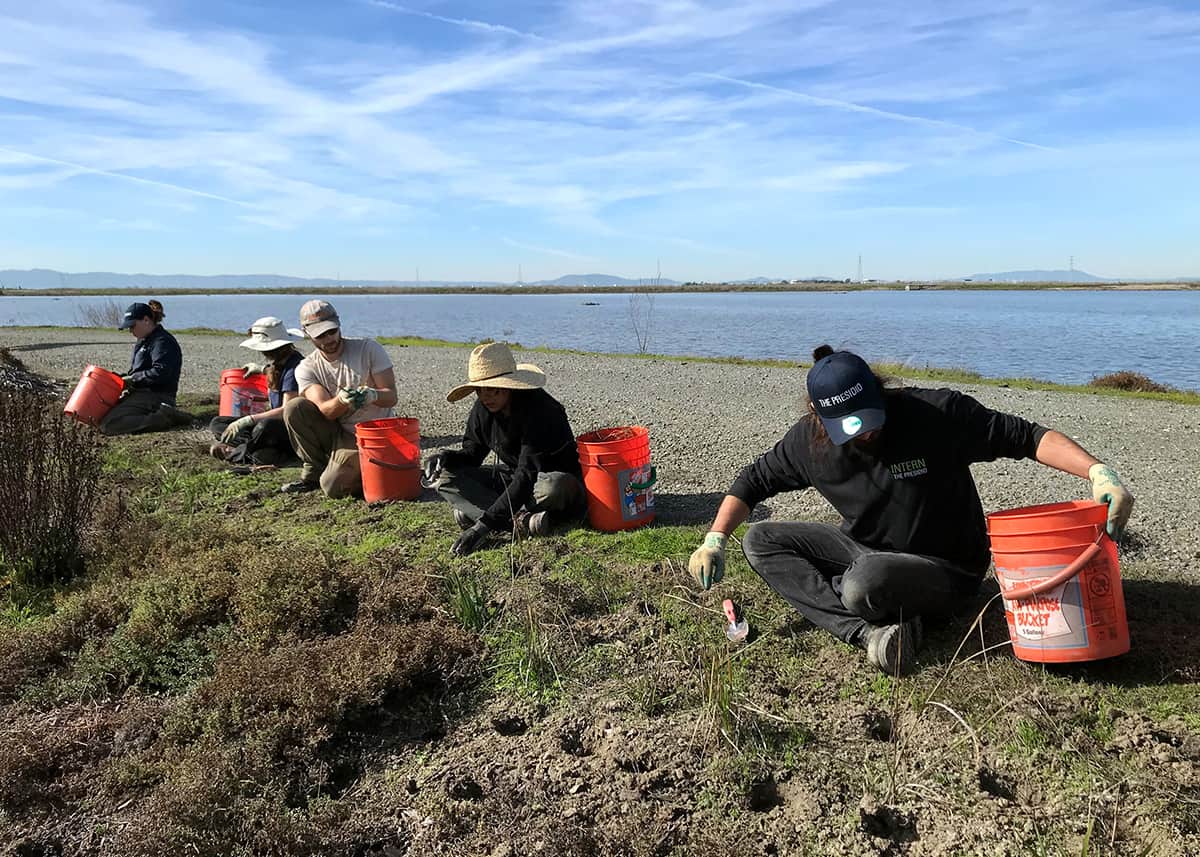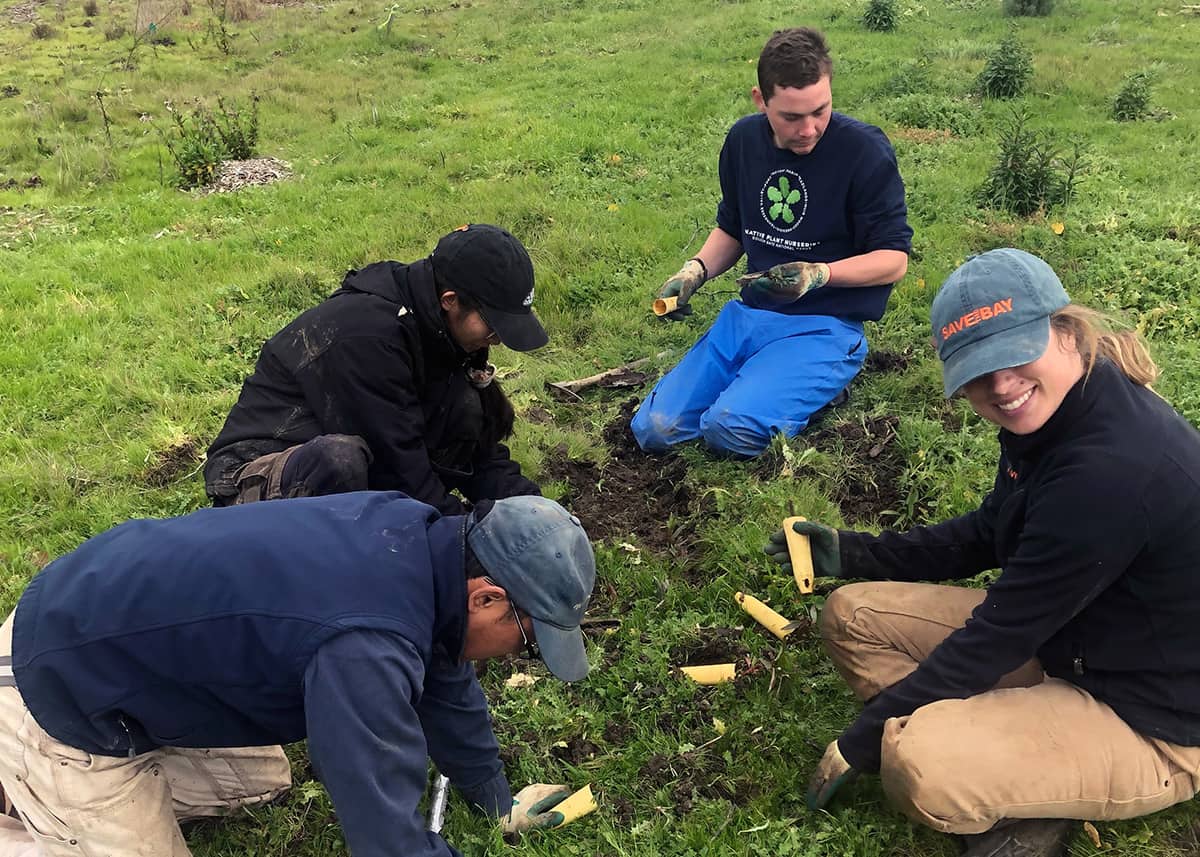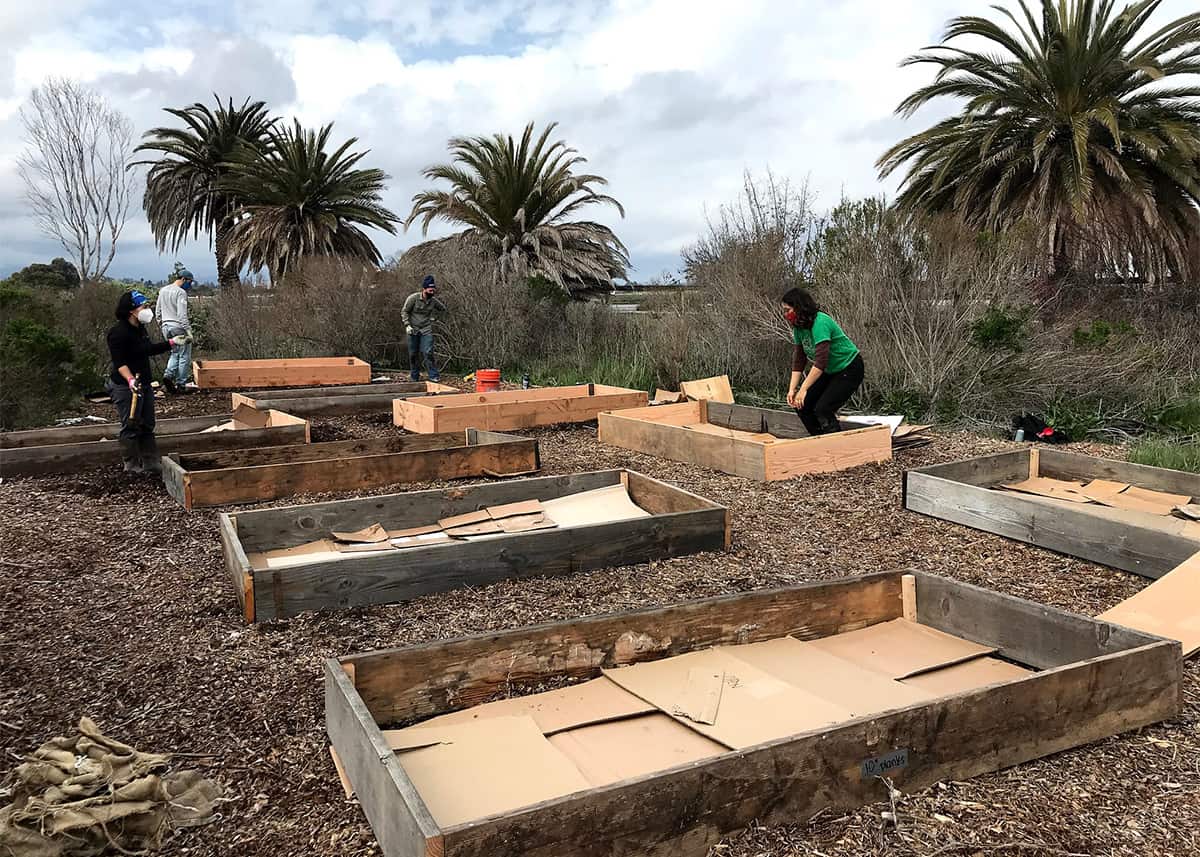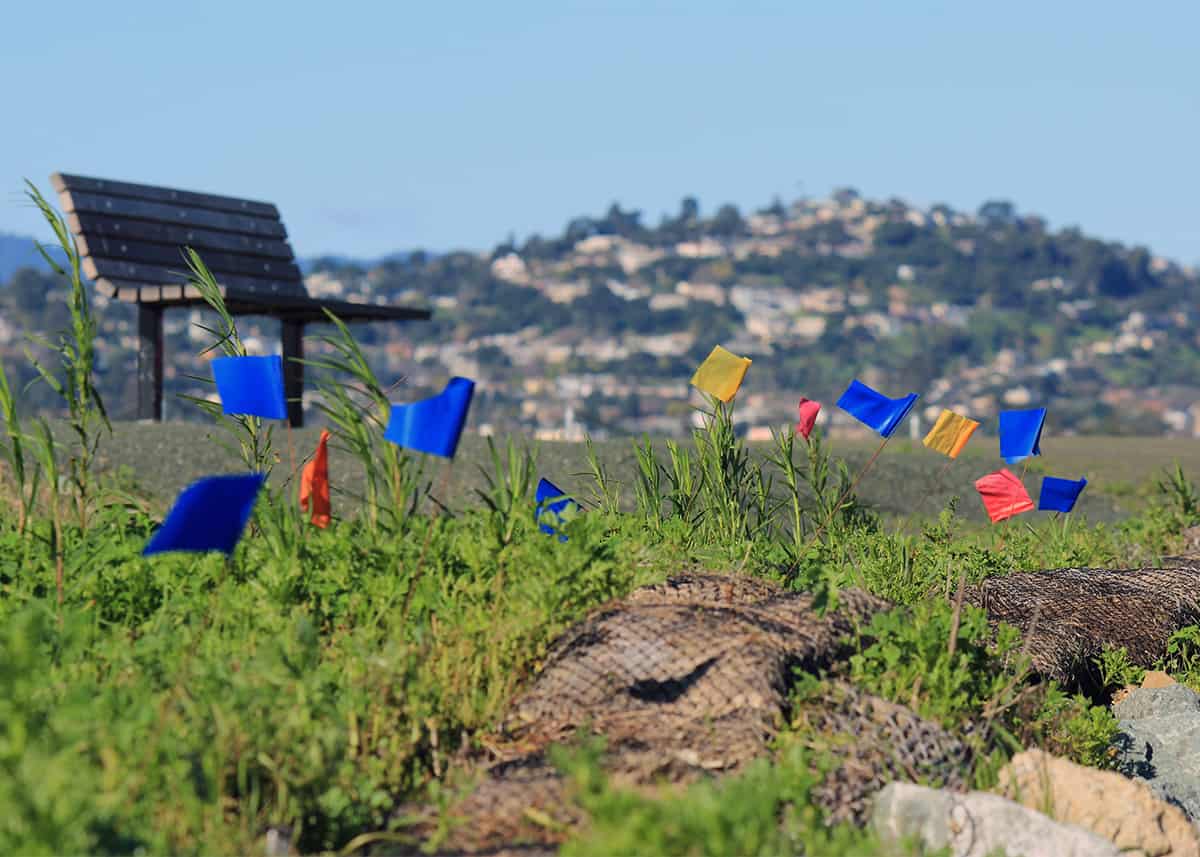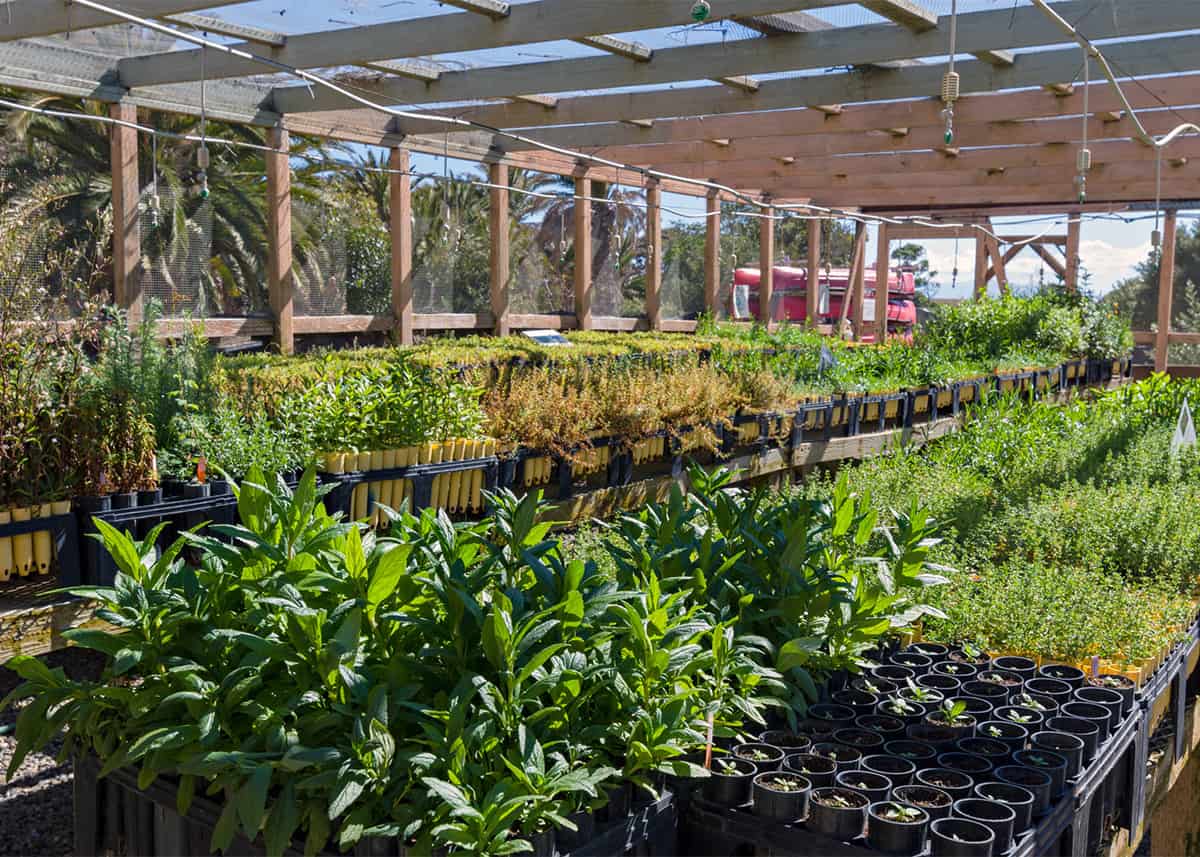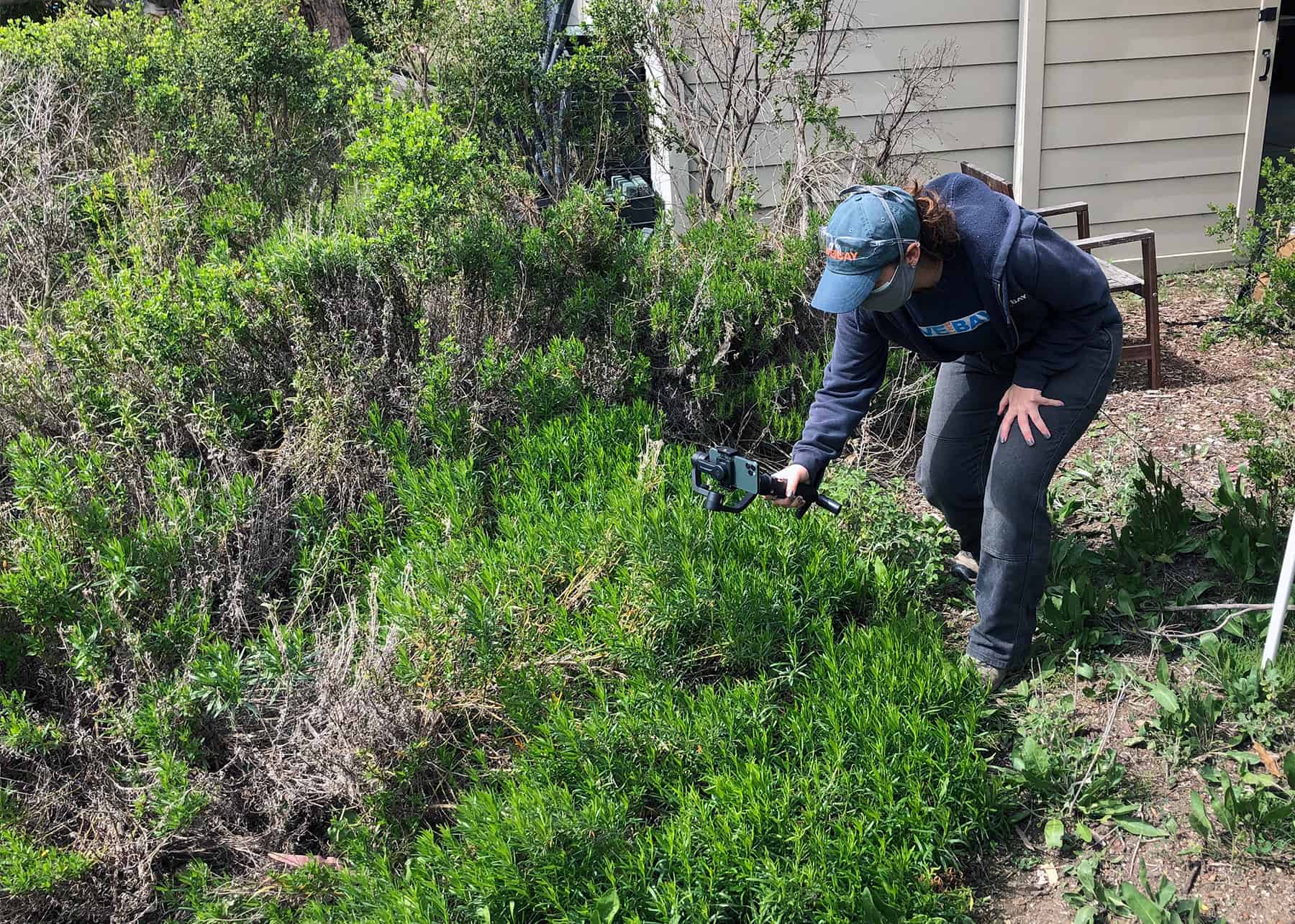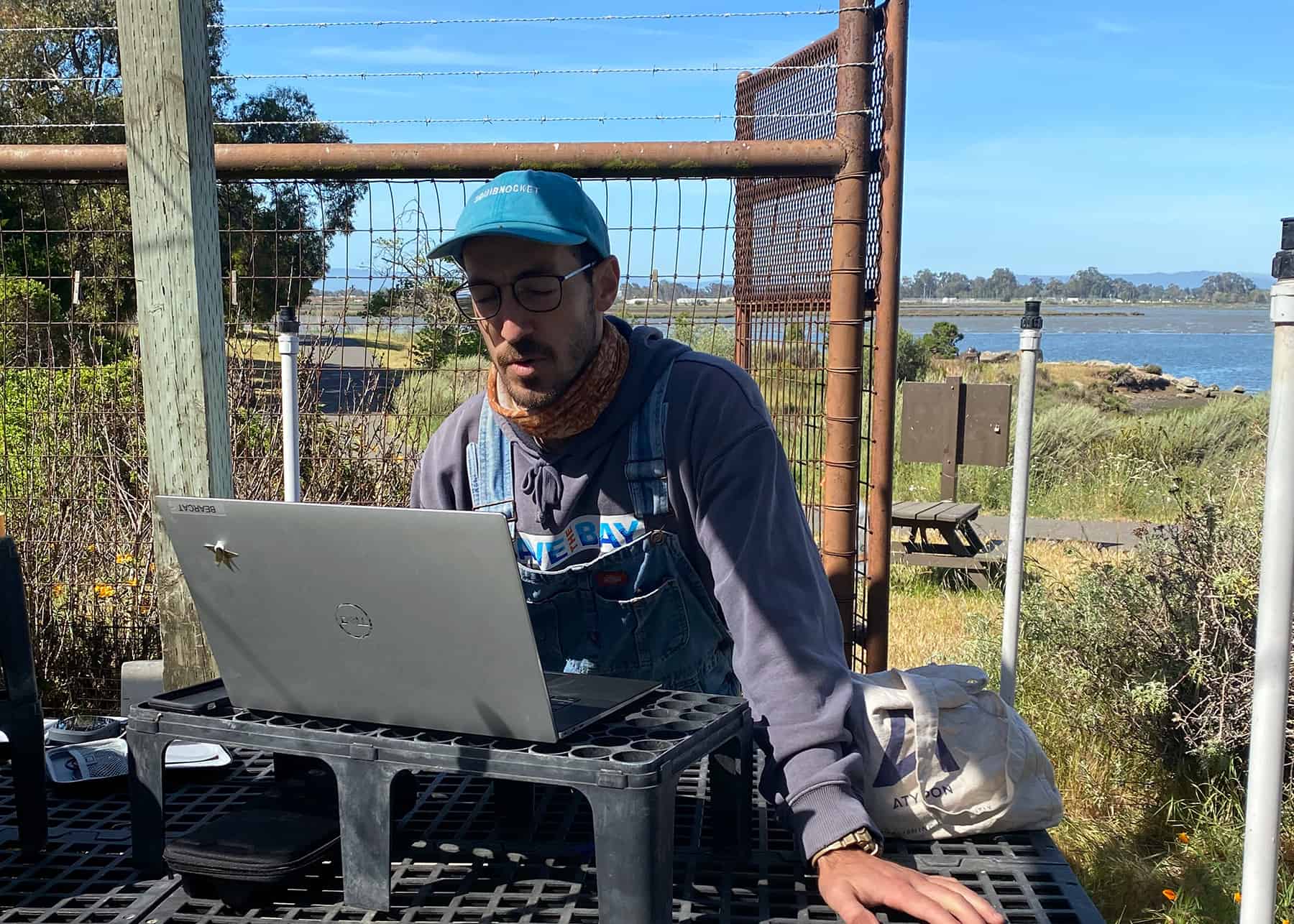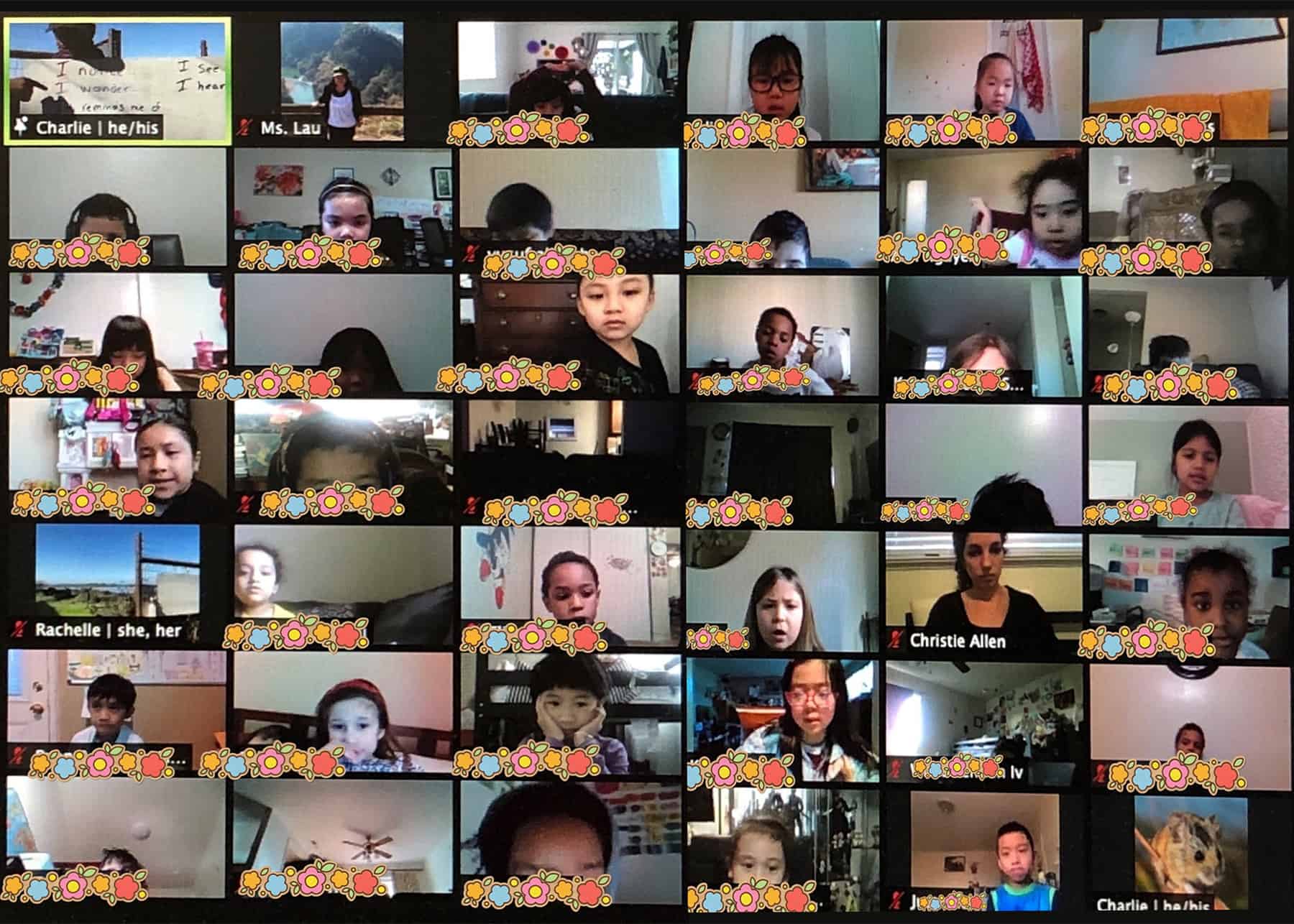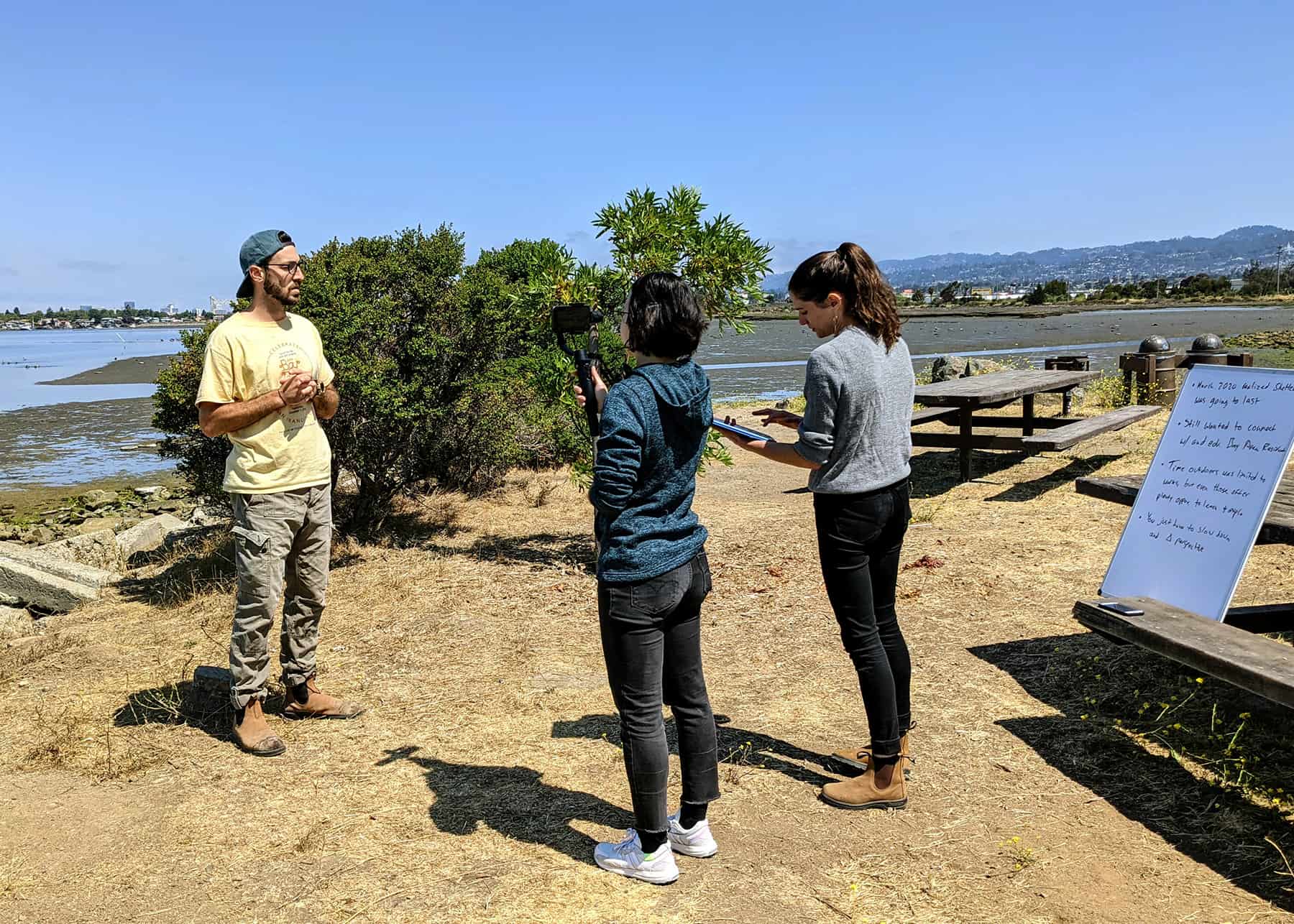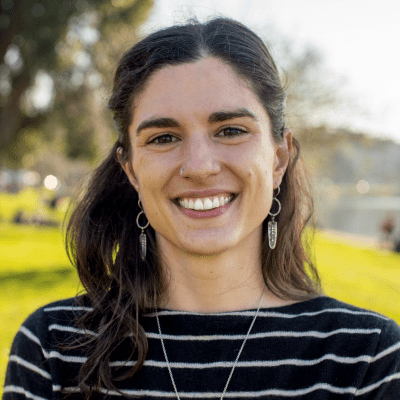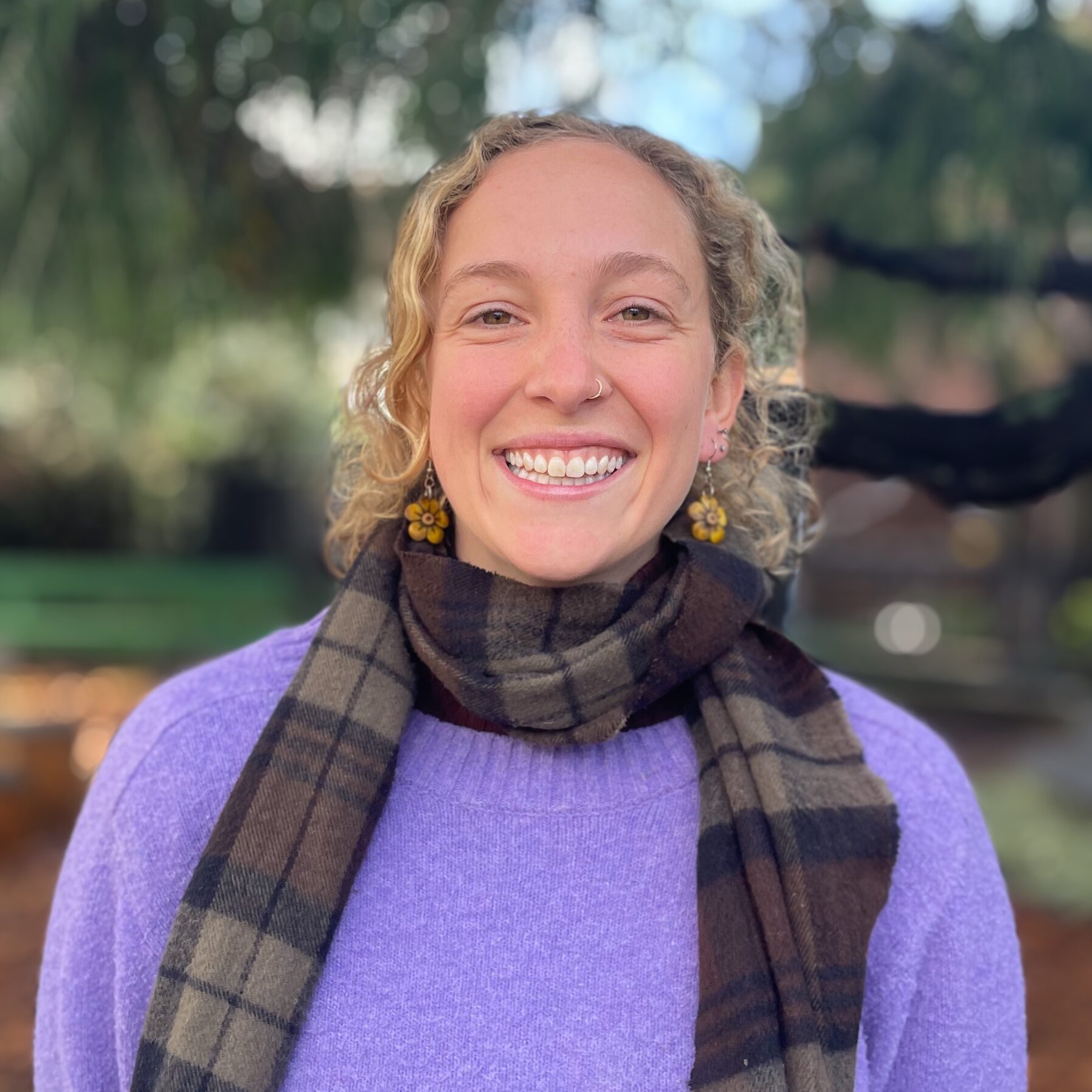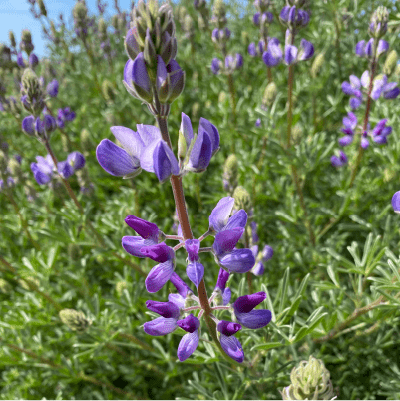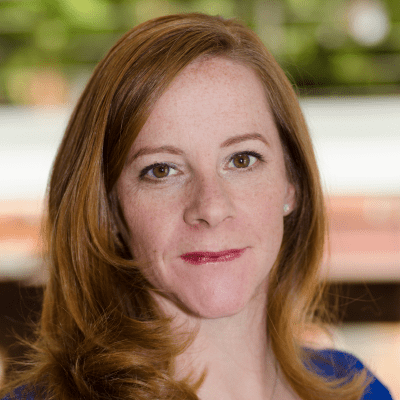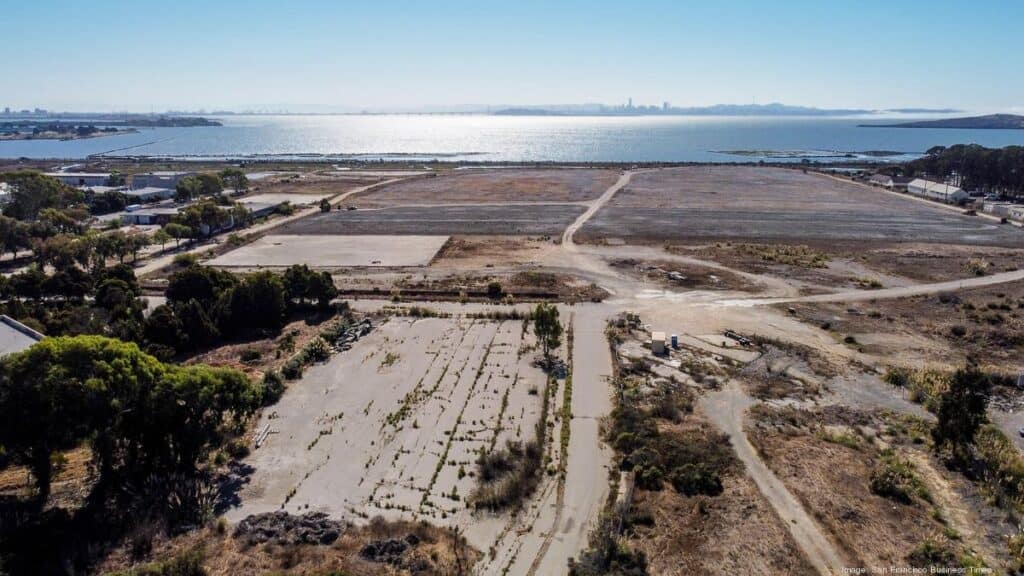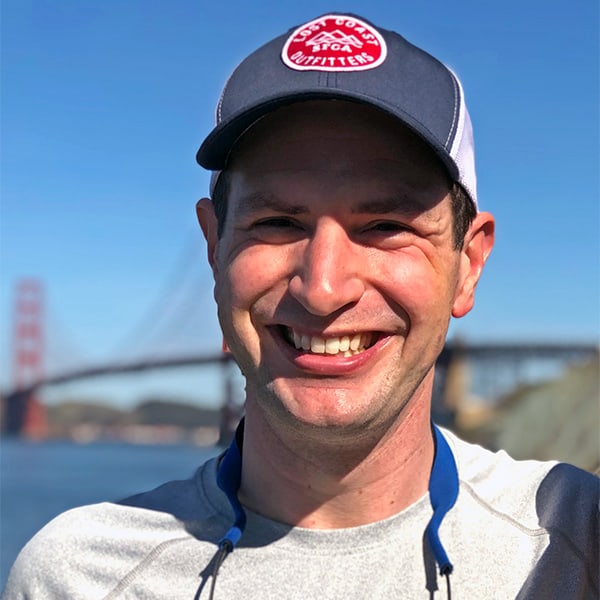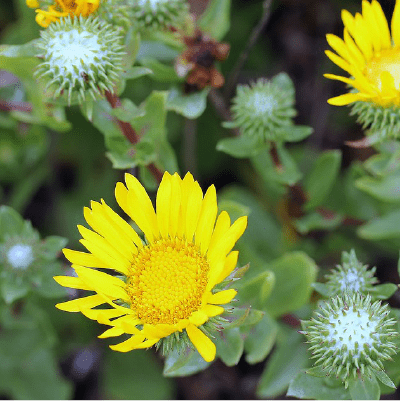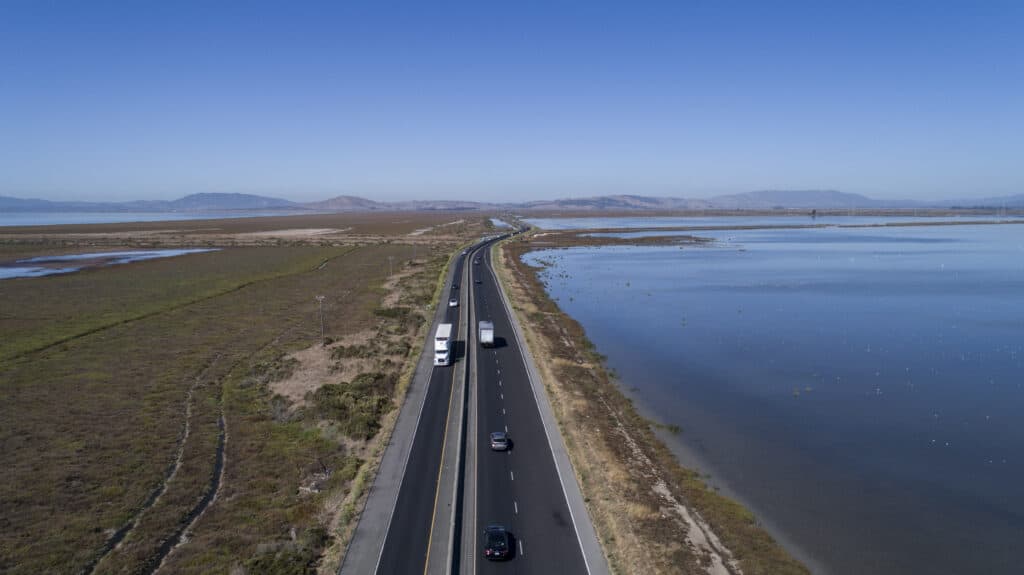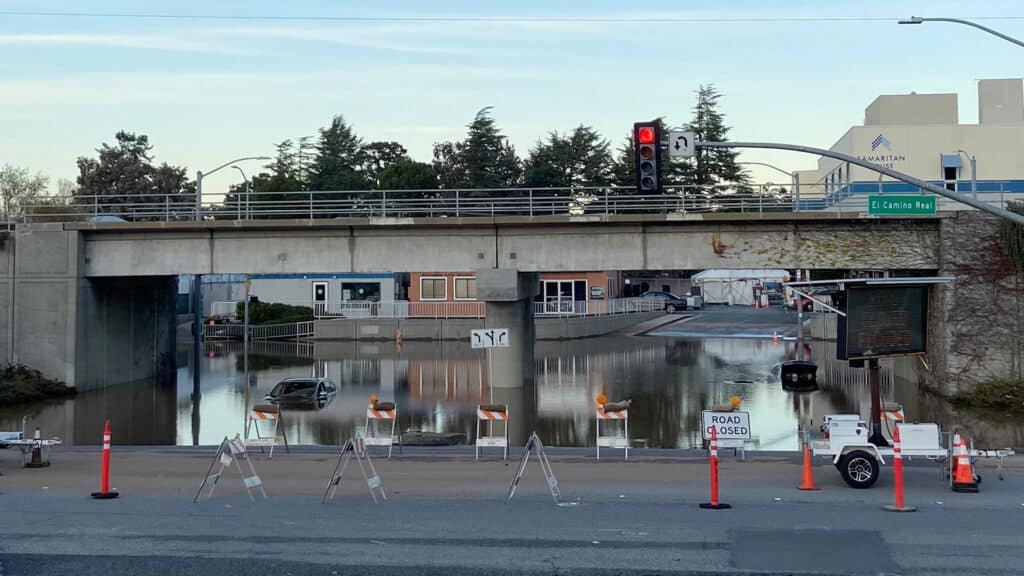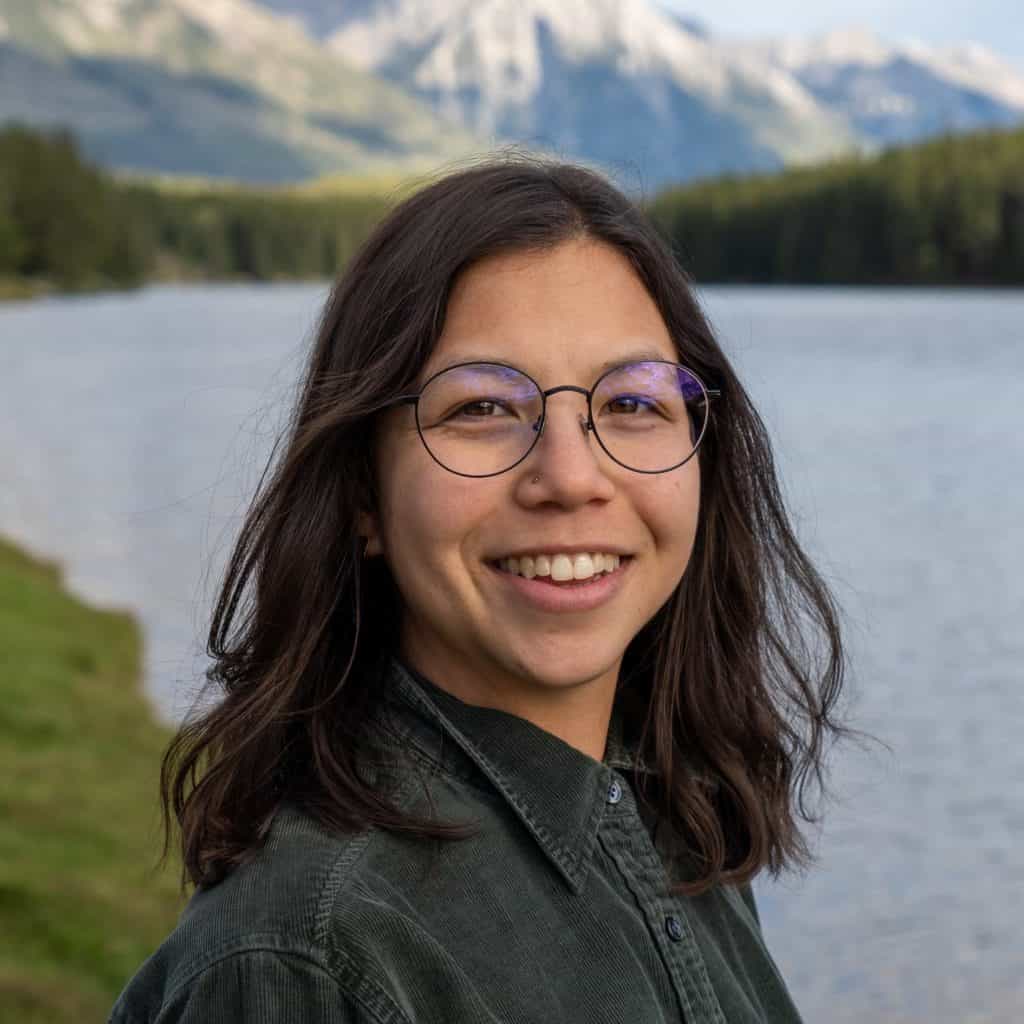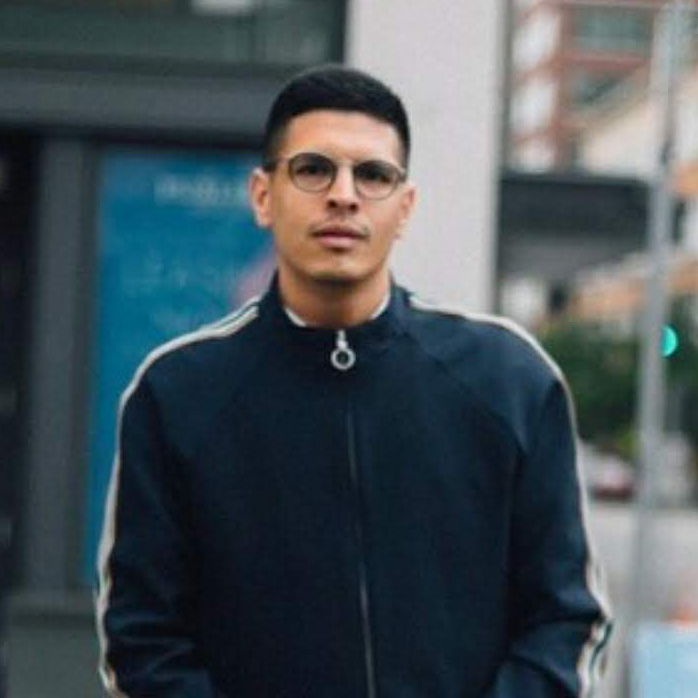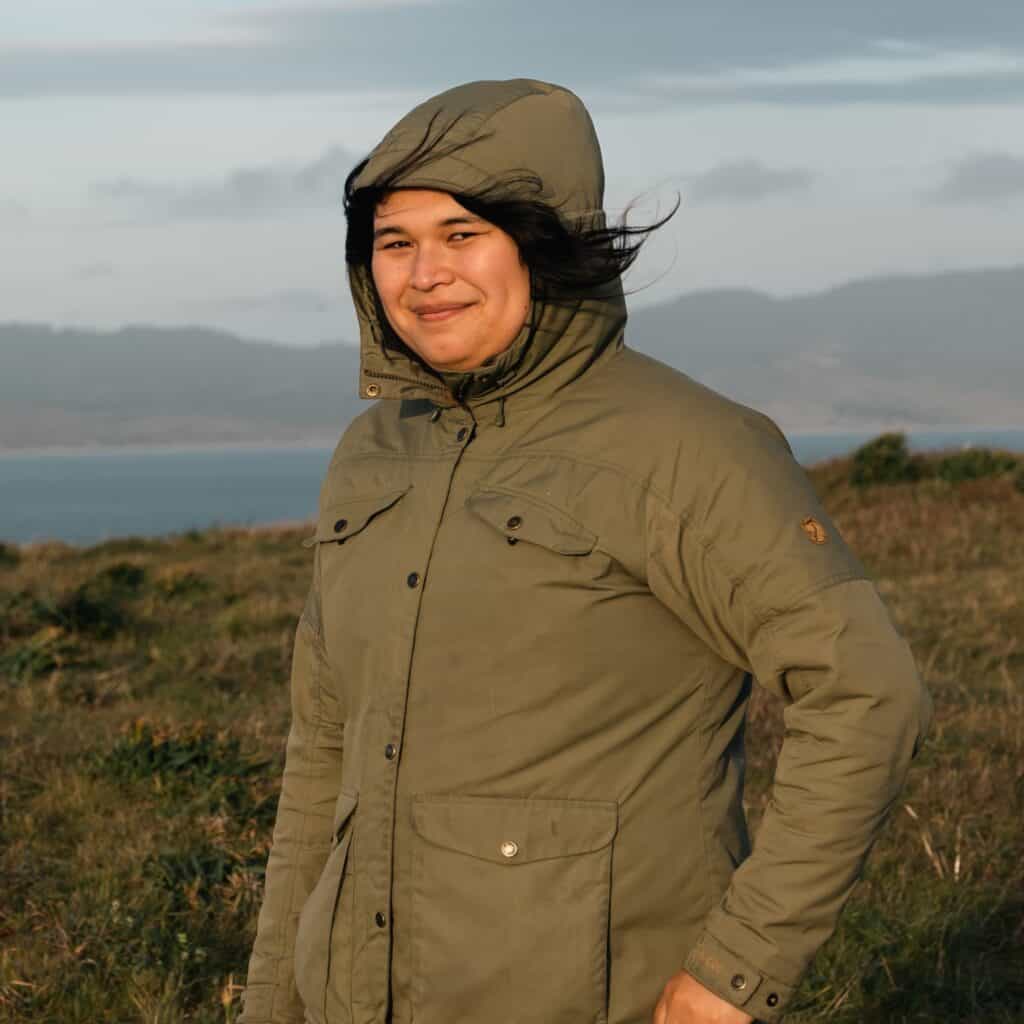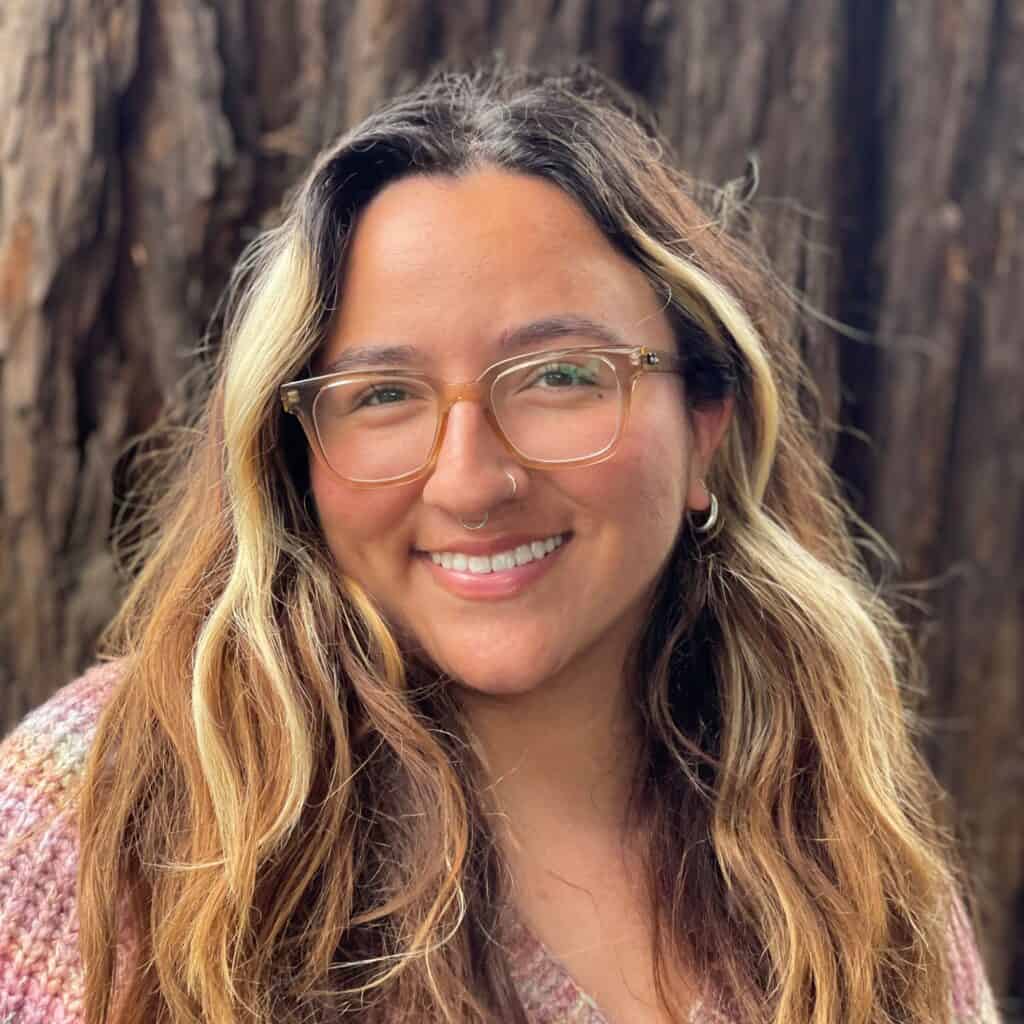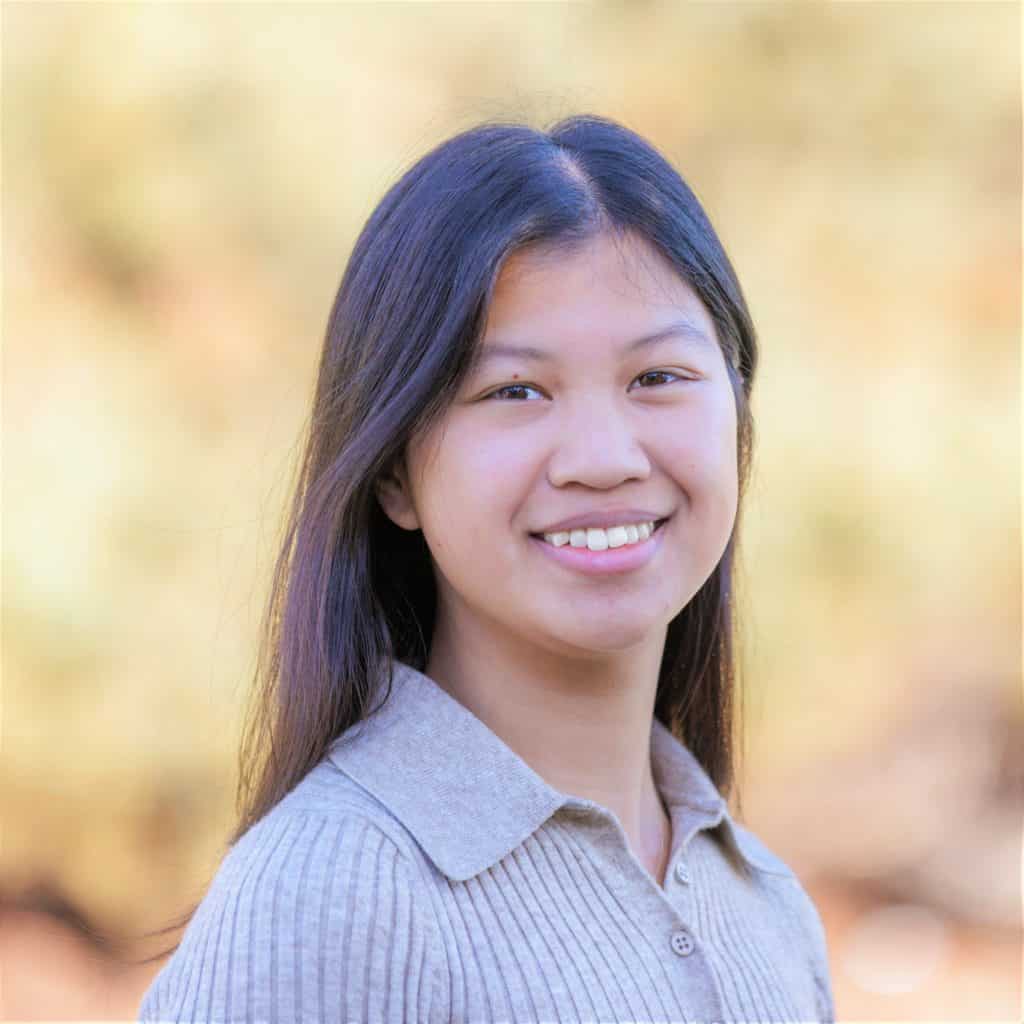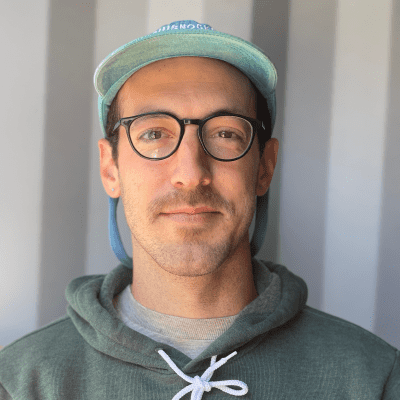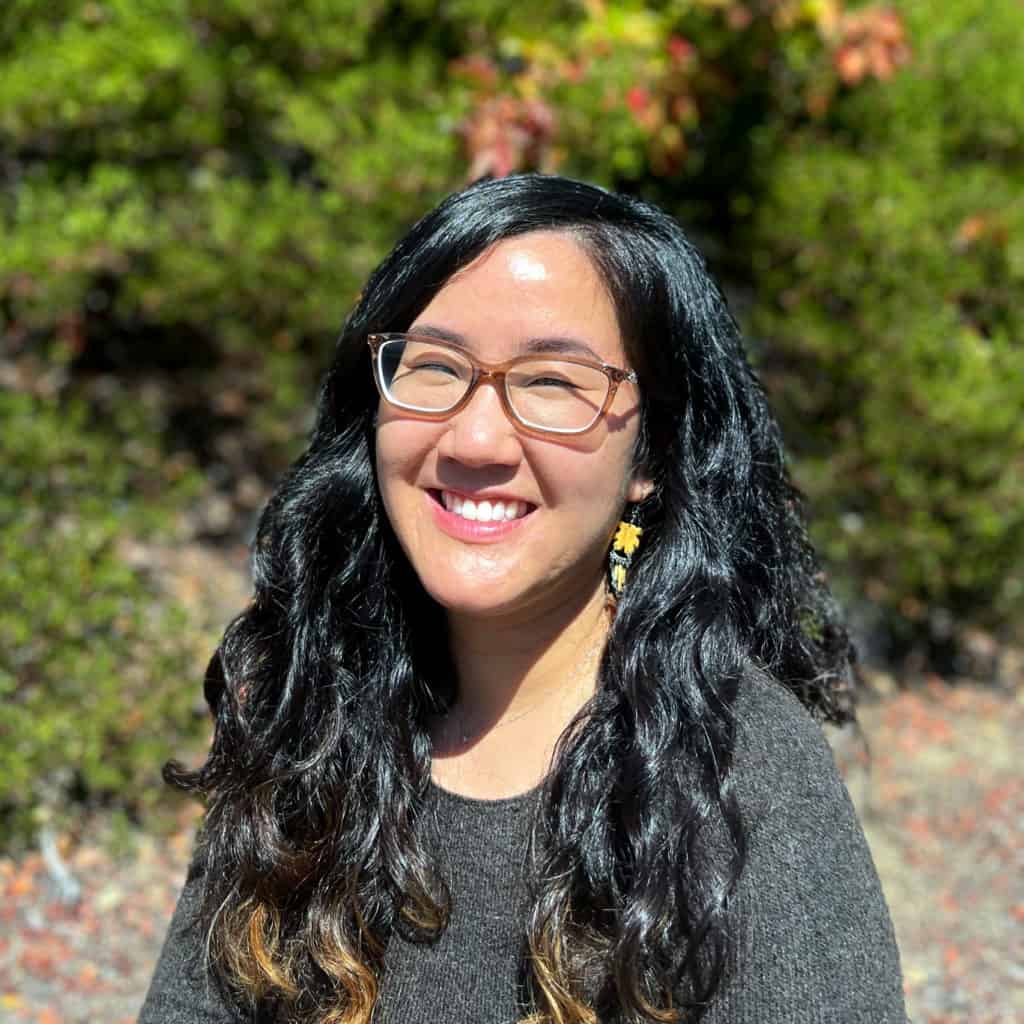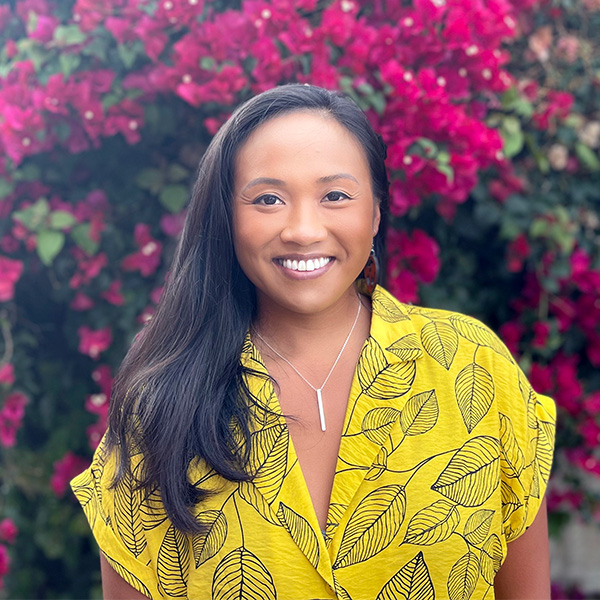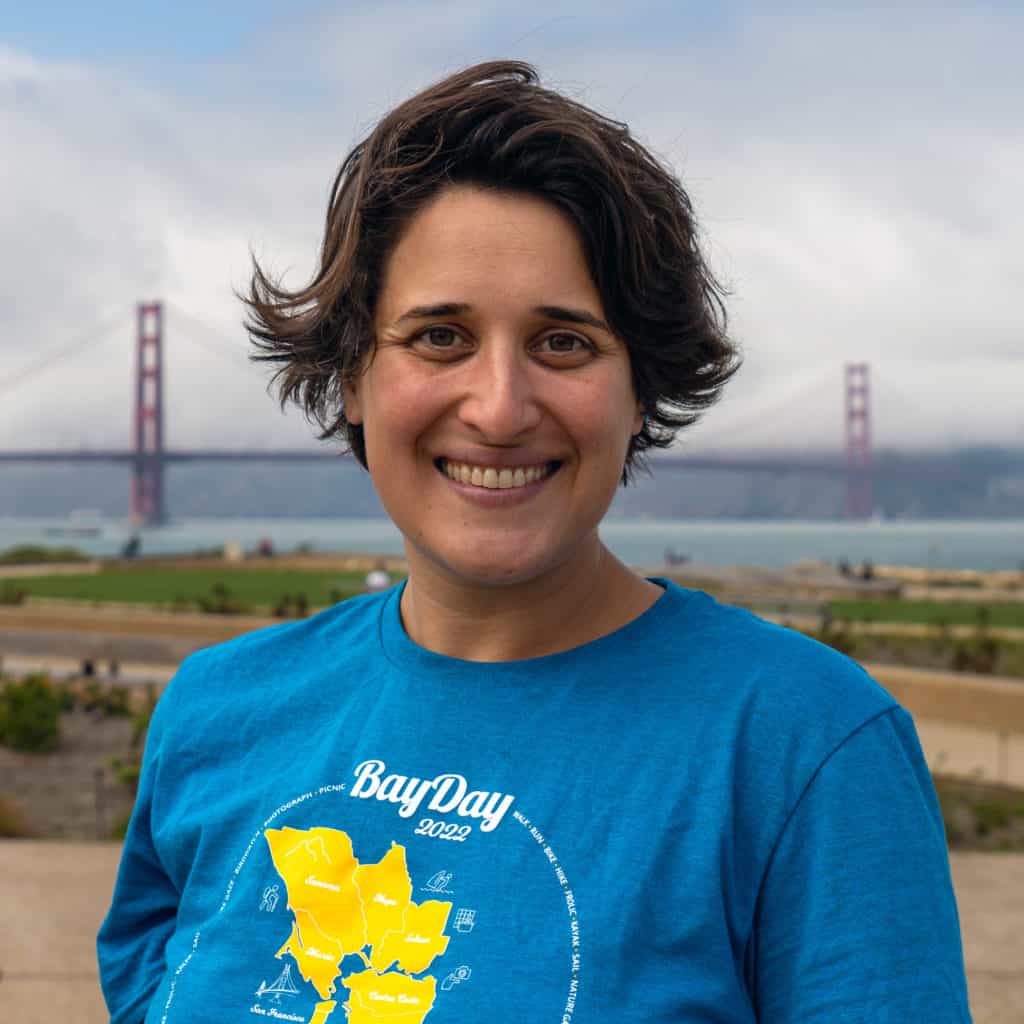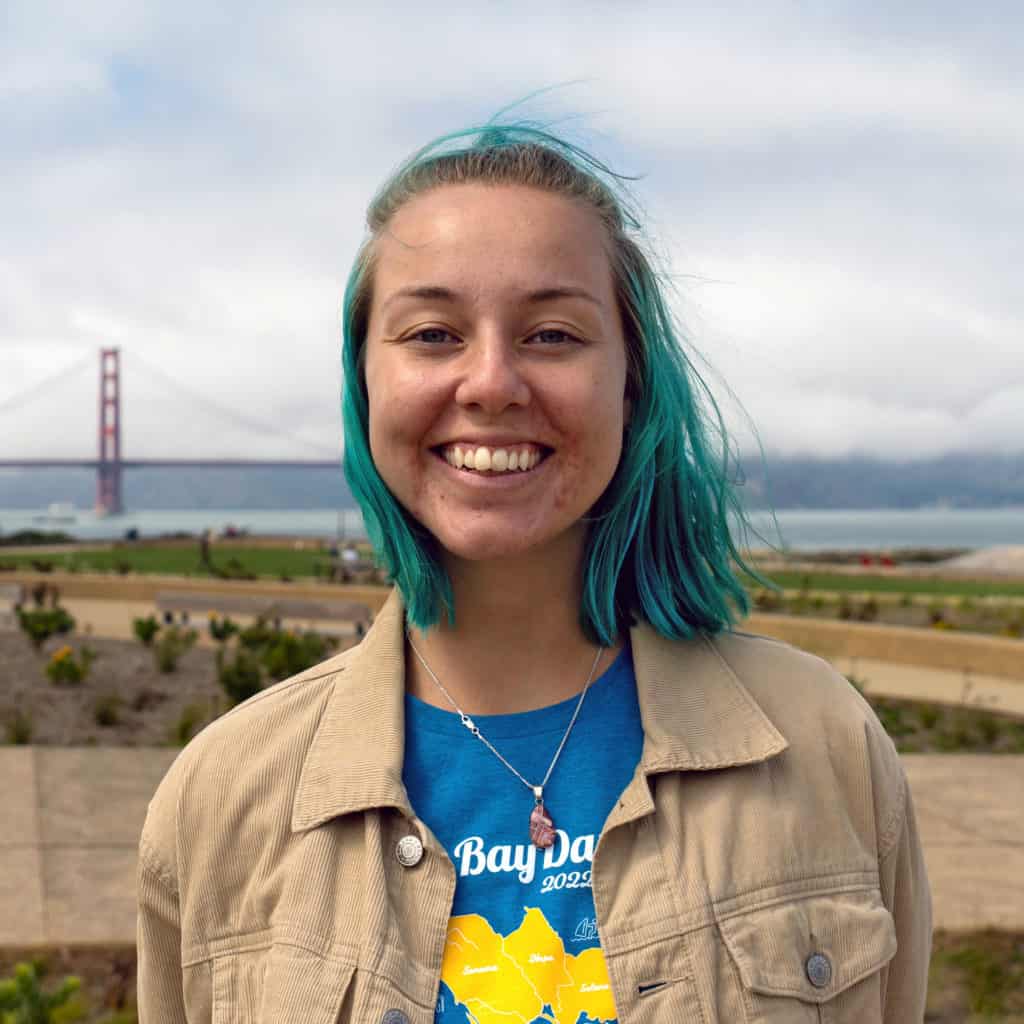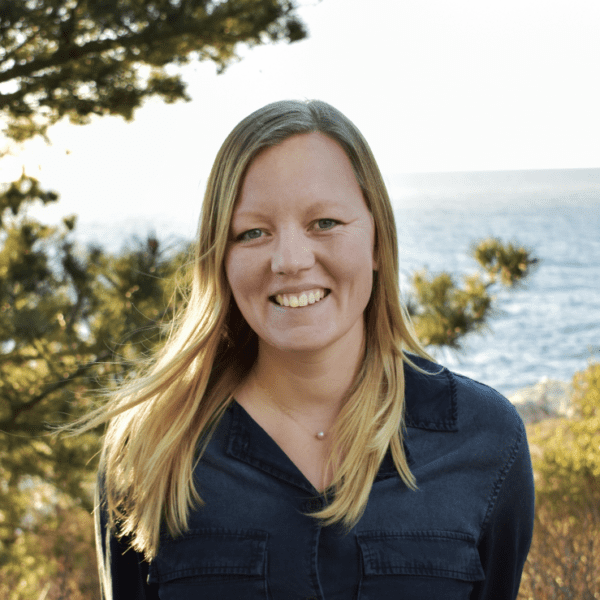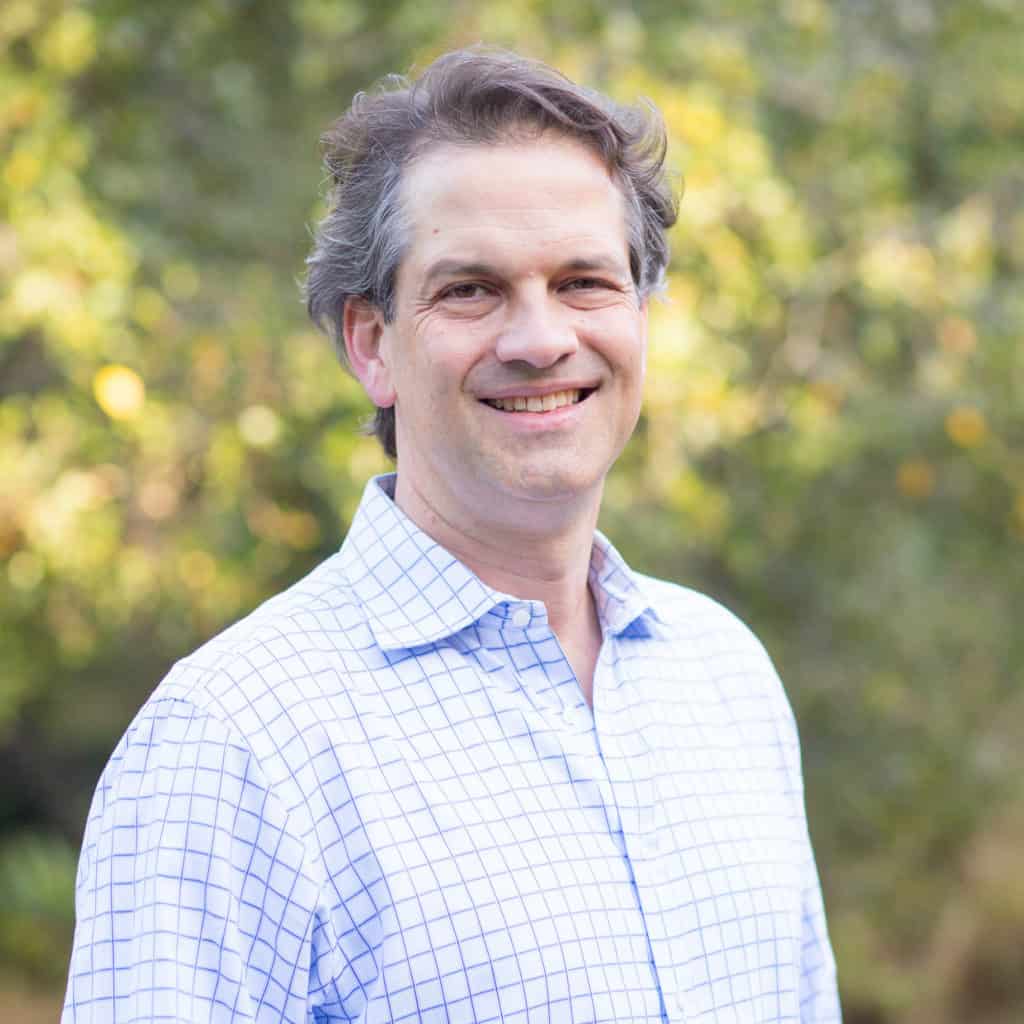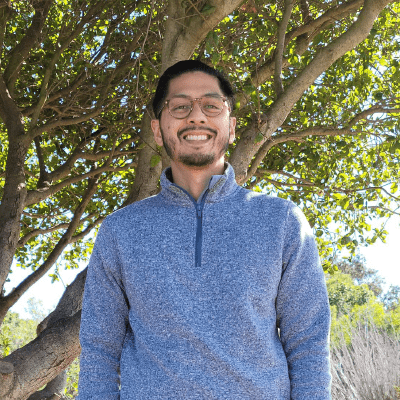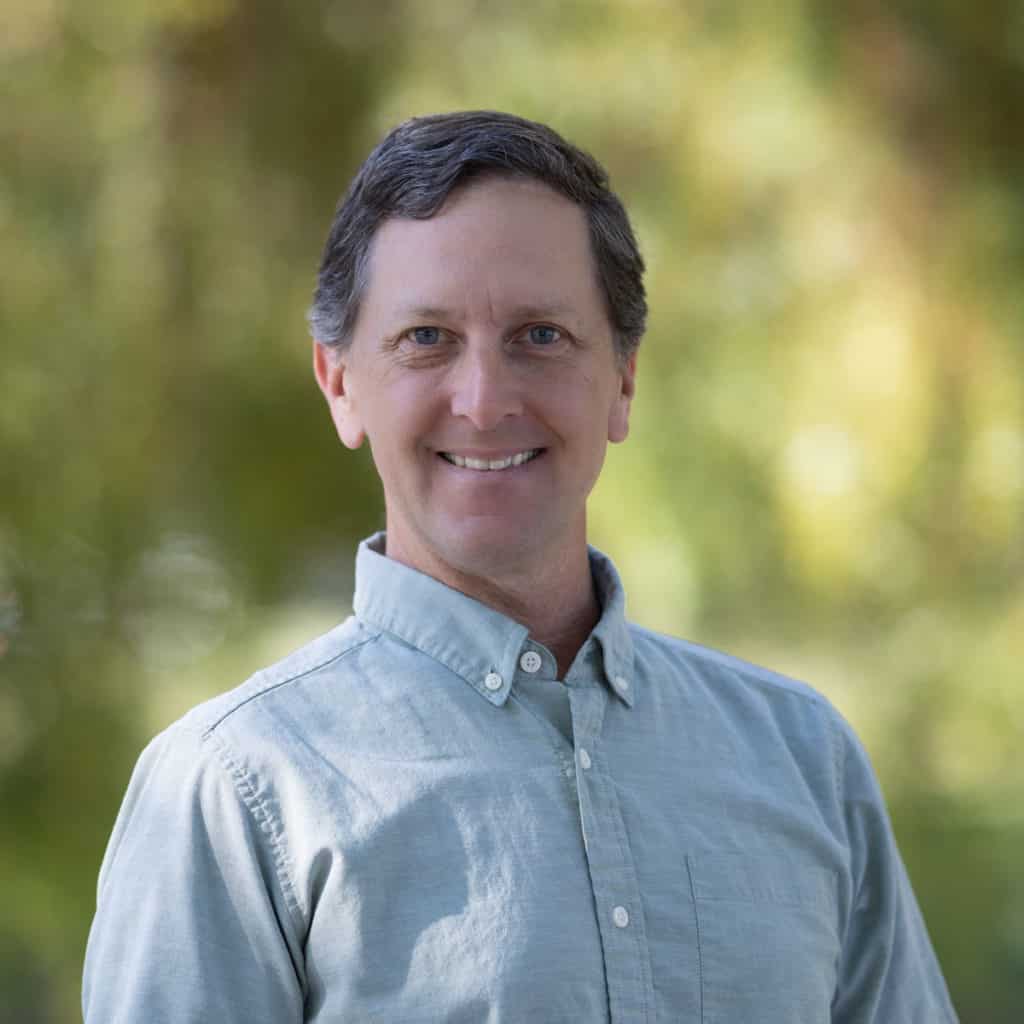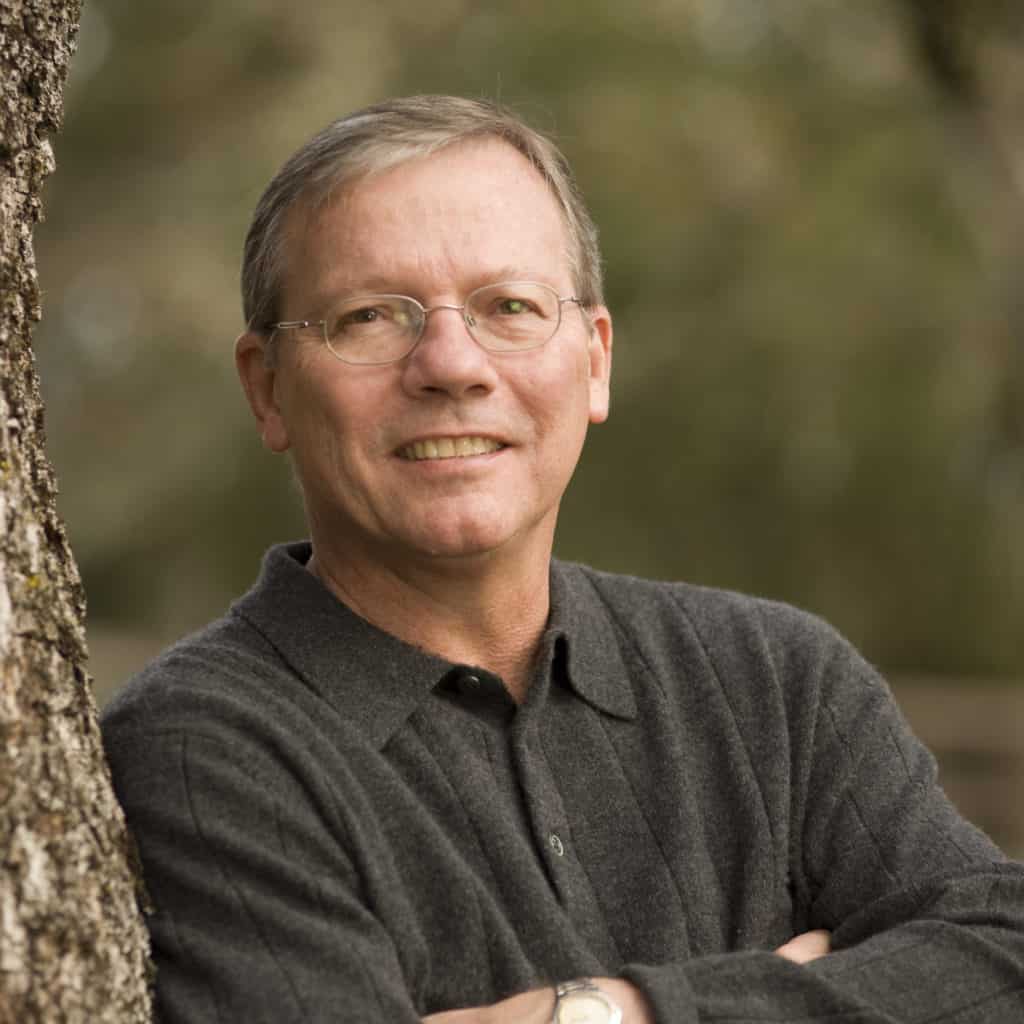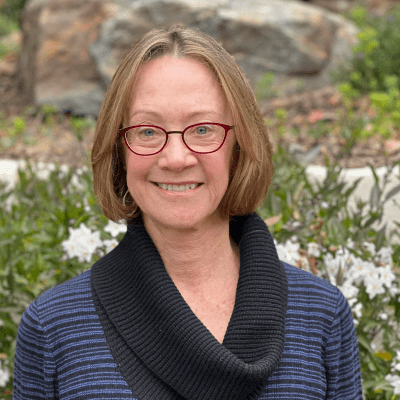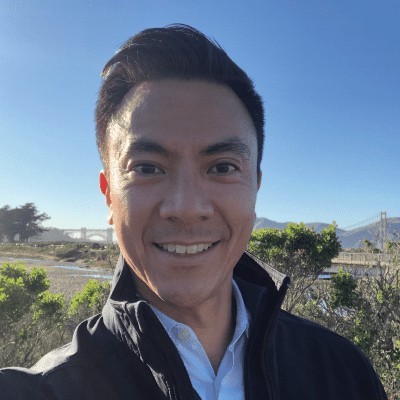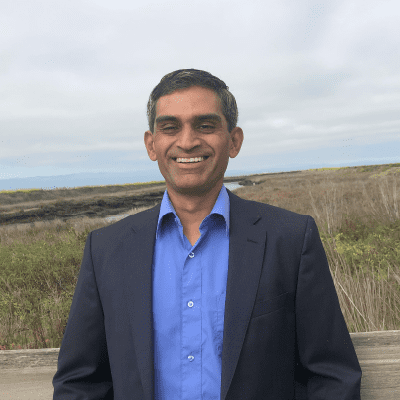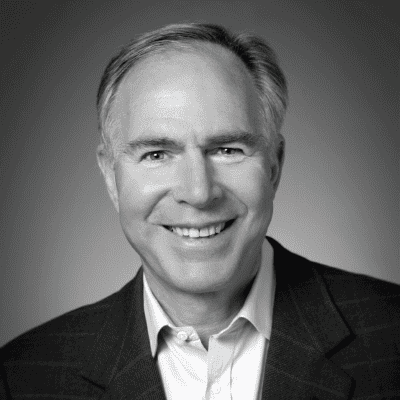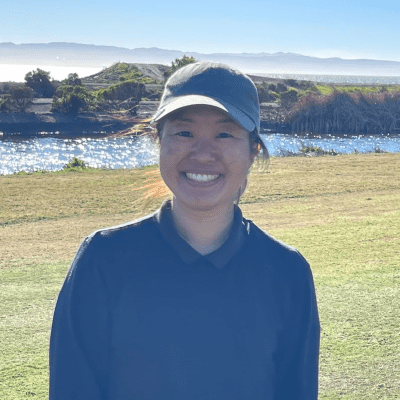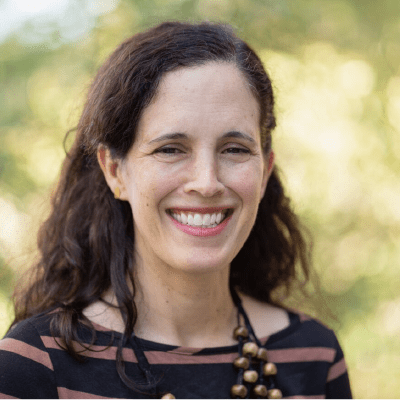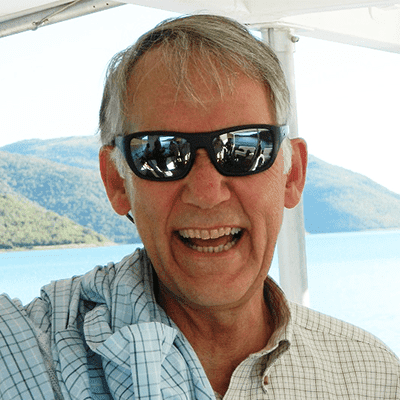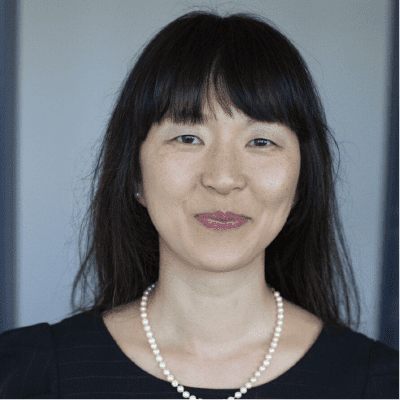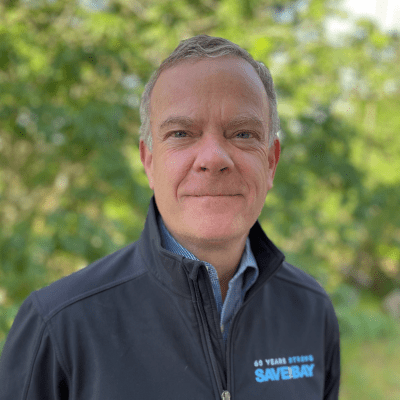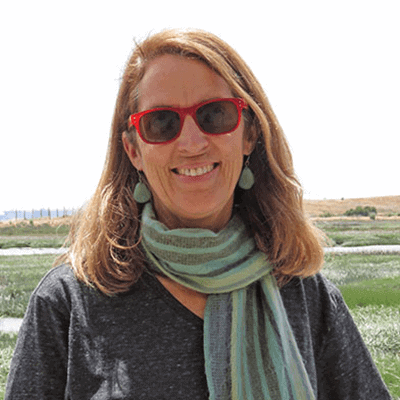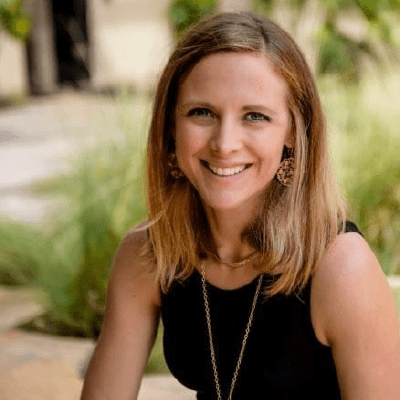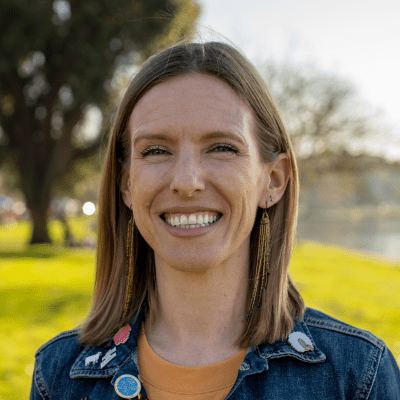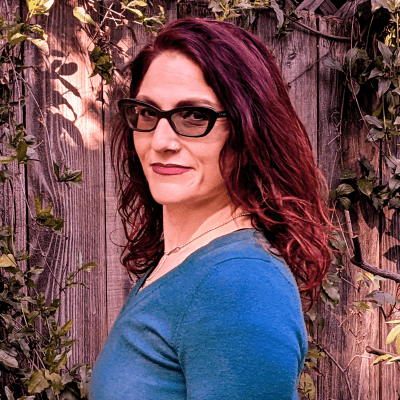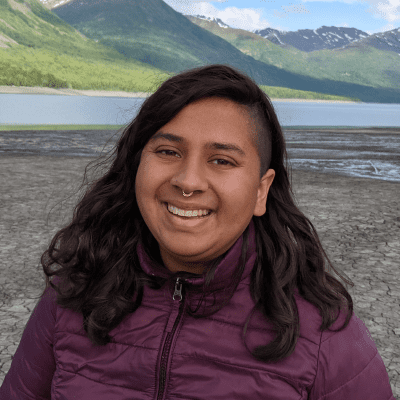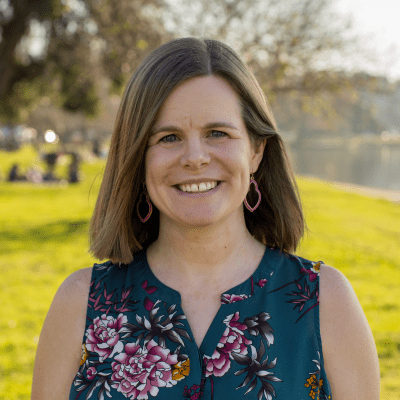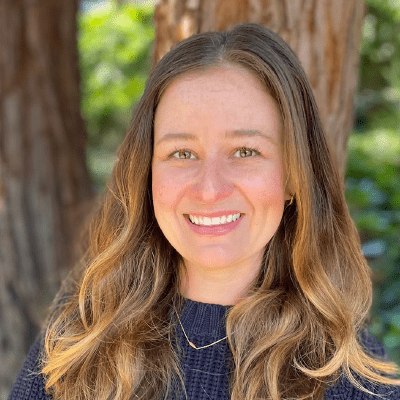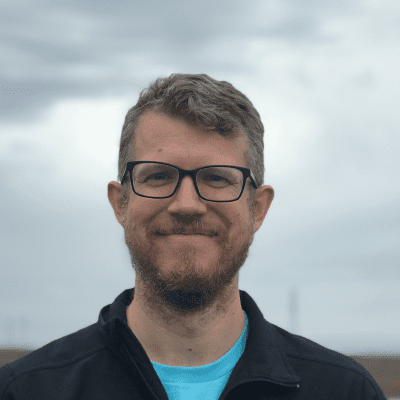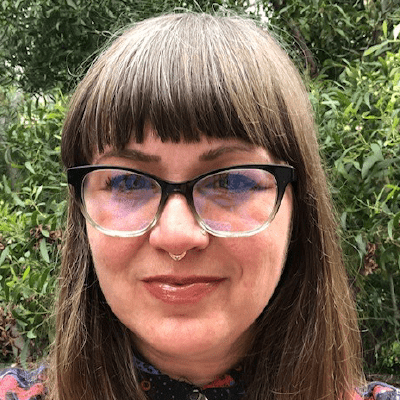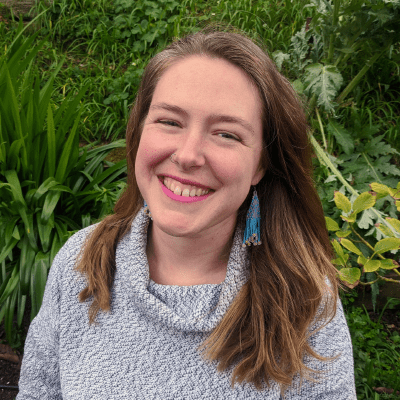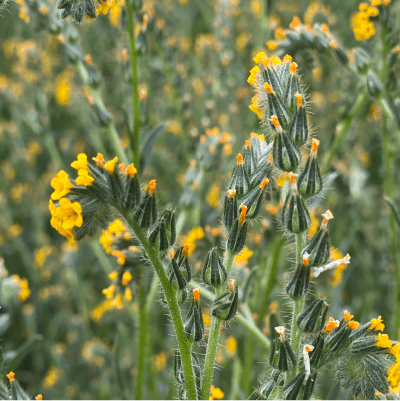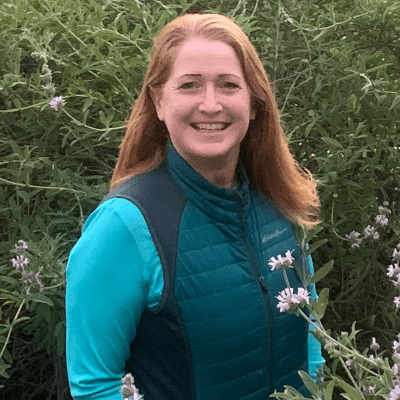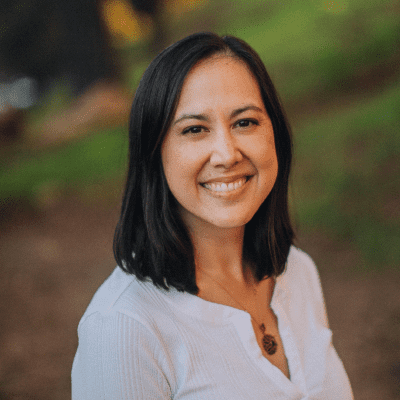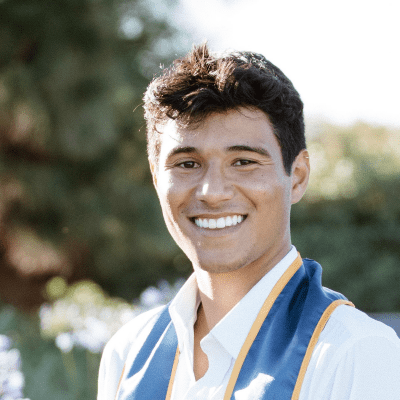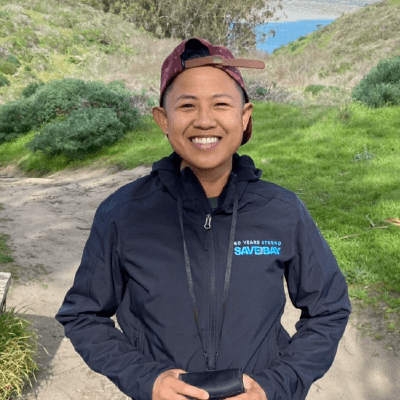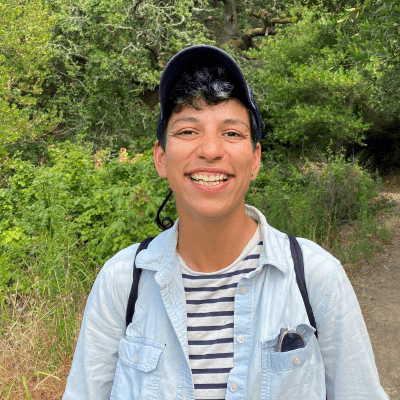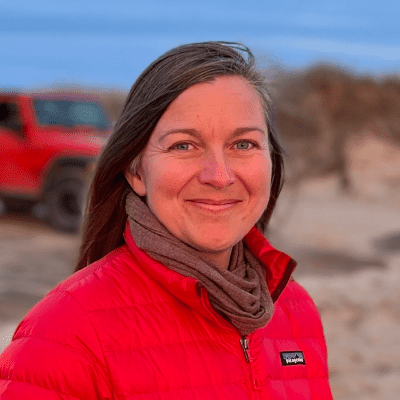60 Years Strong
Save The Bay’s 2021 Annual Report
October 1, 2020 through September 30, 2021
You bring our mission to life
Founded by three courageous women in 1961, Save The Bay protects and restores San Francisco Bay for all people and wildlife. Together, we are the voice of the Bay.
Our many supporters help Save The Bay:
- Protect and restore wetlands through hands-on restoration, and increased public funding
- Adapt our region to be resilient to rising seas and climate impacts
- Educate students through in-person programs along the shoreline, and virtual platforms
- Advance environmental justice and equity – promoting policies for reduced pollution, affordable housing, and accessible transit
Sixty Years of Protecting and Restoring San Francisco Bay
In honor of Save The Bay’s 60th anniversary, Shaping the Bay’s Climate Future showcased our region’s progress and highlighted how we can address future challenges. Over 600 people registered for our virtual panel event, which brought together local climate leaders to discuss:
- Issues affecting the Bay’s shorelines where sea level rise threatens communities and wetland restoration offers natural solutions to protect wildlife, neighborhoods, and crucial infrastructure.
- Opportunities to ensure the region’s growth benefits the Bay, promotes diverse and equitable communities, and is sustainable in the face of climate change.
The State of the Bay in 1961
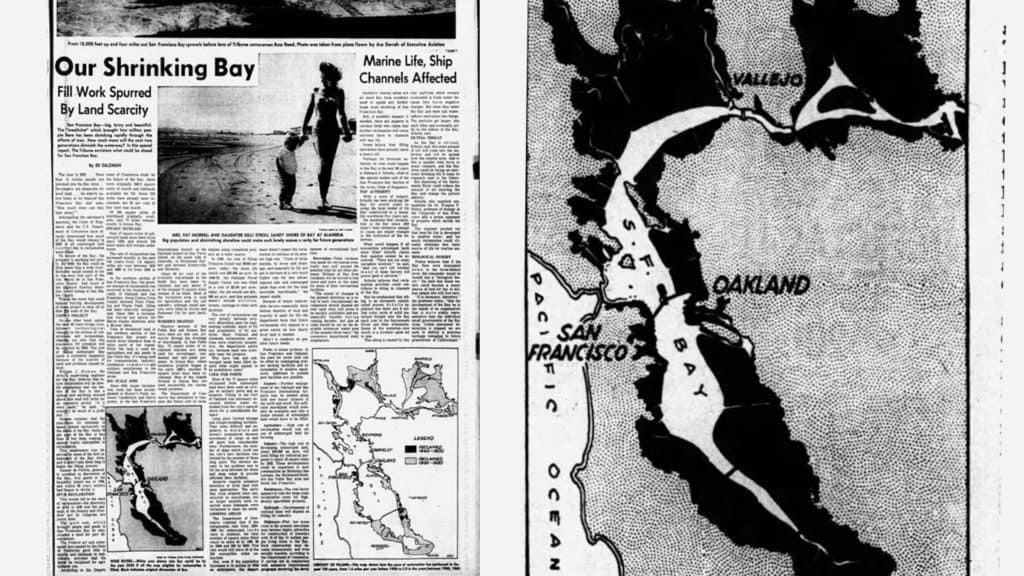
“I covered presidents and governors and all kinds of big shots, but when you look back, I don’t remember those stories at all. But this story I remember in detail, because let’s face it, the saving of San Francisco Bay is still going on,” – Oakland Tribune reporter Ed Salzman.
After reading what the Bay might look like in 2020 if development continued at its current pace in 1961, Save The Bay’s founders, Sylvia McLaughlin, Kay Kerr, and Esther Gulick, changed the future of San Francisco Bay. Read more about influential the Oakland Tribune article →
Save The Bay Now
Thank you for supporting Save The Bay’s 60th year. Join along the shoreline and in our community for a look at what we accomplished together in 2021.
Advocate
Increasing Public Funding for our Bay
Save The Bay worked to encourage passage of increased state and federal funding for San Francisco Bay by:
- Leading a coalition of regional organizations to support Governor Newsom’s state climate investment package, ensuring funds are directed to San Francisco Bay
- Advocating, with local state legislators, for $500 million for wetland restoration/nature-based climate adaptation projects through new funding for the California Coastal Conservancy
- Advancing legislation for new federal funding for SF Bay, in collaboration with U.S. Rep. Jackie Speier and House Speaker Nancy Pelosi; this bill:
- would include $250 million for the U.S. EPA
- was passed by the U.S. House of Representatives in Spring 2021
- is still pending in the Senate as of October 2022
Advocate
Increasing Public Funding for our Bay
Save The Bay worked to encourage passage of increased state and federal funding for San Francisco Bay by:
- Leading a coalition of regional organizations to support Governor Newsom’s state climate investment package, ensuring funds are directed to San Francisco Bay
- Advocating, with local state legislators, for $500MM for wetland restoration/nature-based climate adaptation projects through new funding for the California Coastal Conservancy
- Advancing legislation for new federal funding for SF Bay, in collaboration with U.S. Rep. Jackie Speier and House Speaker Nancy Pelosi; this bill:
- would include $250MM for the U.S. EPA
- was passed by the U.S. House of Representatives in Spring 2021
- is pending in the Senate
Staff Spotlight
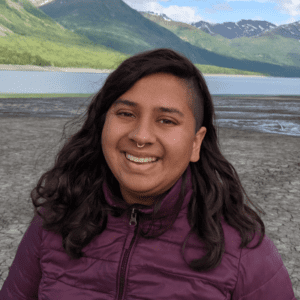 Hi, I’m Sangeeta, Political and Community Organizer at Save The Bay. Since I started in this position in September 2021, I’ve been focused on building our organizational relationships, particularly with grassroots organizations focused on environmental justice. Part of the background I bring to Save The Bay is my membership in the Alliance of South Asians Taking Action (ASATA) since 2017. Within this network, I serve as a co-organizer of Brown and Green, a South Asian climate justice group. I am excited to advance Save The Bay’s relationship-building work in East San José and beyond. These partnerships will allow us to further our equity and environmental justice goals, following the lead of frontline communities and working toward a cleaner and healthier Bay Area for all residents.
Hi, I’m Sangeeta, Political and Community Organizer at Save The Bay. Since I started in this position in September 2021, I’ve been focused on building our organizational relationships, particularly with grassroots organizations focused on environmental justice. Part of the background I bring to Save The Bay is my membership in the Alliance of South Asians Taking Action (ASATA) since 2017. Within this network, I serve as a co-organizer of Brown and Green, a South Asian climate justice group. I am excited to advance Save The Bay’s relationship-building work in East San José and beyond. These partnerships will allow us to further our equity and environmental justice goals, following the lead of frontline communities and working toward a cleaner and healthier Bay Area for all residents.
Restore
-
6
Restoration Sites
-
80
Total Acres
-
3
Native Plant Nurseries
-
4
Bay Area Counties
We focused the majority of our time in FY2020-2021 at 3 sites comprising 45.5 acres of wetland habitat:
Novato
Partners: CA Coastal Conservancy, Novato Baylands Stewards
-
44 Acres
The largest restoration site in Save The Bay history
-
5 Years
Collecting and cleaning native seed
-
700 Pounds
Of two seed mix spreads
-
14,000 Seedlings
Planted by hand, with Novato Baylands Stewards
The 1st season of planting was completed at Bel Marin Keys with a new hydro-seeding technique: blowing seeds across site with heavy equipment
Hayward
Partner: California Department of Fish and Wildlife
-
1,200 Plants
Installed on 1-acre
-
15+ Years
Of restoration work
-
8 Sub-Sites
Totaling 3.5 acres restored
-
1,000s Shorebirds
Visit during migration seasons, including the threatened species Western Snowy Plover
Numerous fish species also use the marsh as nursery habitat
Menlo Park
Partners: CA Coastal Conservancy, South Bay Salt Pond Restoration Project, US Fish and Wildlife Services, and Ducks Unlimited
-
25 Acres
The 2nd largest site in Save The Bay history
-
82 Raised Planter Beds
Built for the nursery
-
168,000 Plants
Grown in containers equals the bed capacity
-
1 Extra Year
Plants were kept healthy in the nursery due to the pandemic, and planted in the Fall of 2021
Nursery Spotlight: Testing for Plant Pathogens Using Fruit
In Save The Bay’s three nurseries, we use novel techniques to prevent and test for the dangerous plant pathogen, Phytophthora.
-
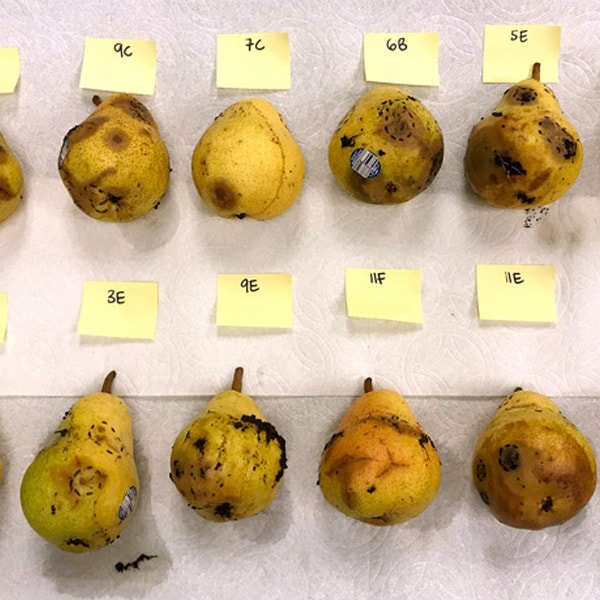
What is Phytophthora, why does it matter?
Phytophthora is a water mold, related to the species that causes Sudden Oak Death, that can be disastrous in the wild. It can further endanger already-threatened plant species, and is almost impossible to eradicate once introduced.
Click through to read more → -
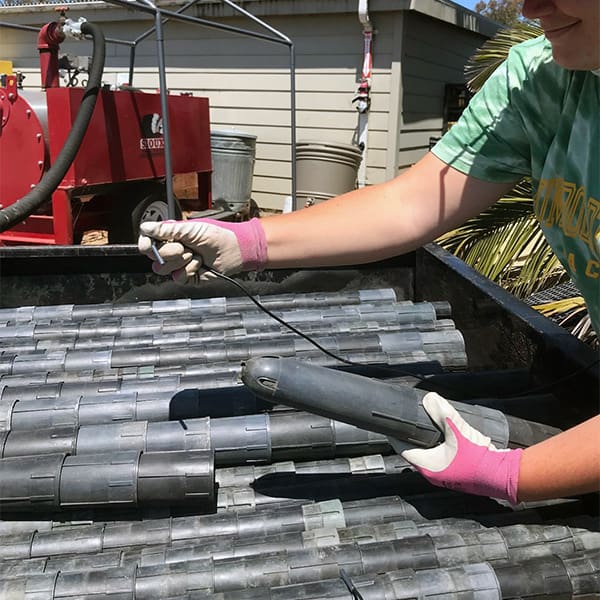
How do we prevent it?
Over the last few years, we have enacted stringent protocols to prevent the spread of the pathogen, such as disinfecting everyone’s shoes before entering enclosed nurseries, and sterilizing all pots and soil. Initially, we built our own soil sterilizer from a trash can and propane tank, which allowed for heating the soil to the temperature that will destroy the pathogen. Eventually, we purchased a steam sterilizer, which significantly speeds up and simplifies the process.
→ -
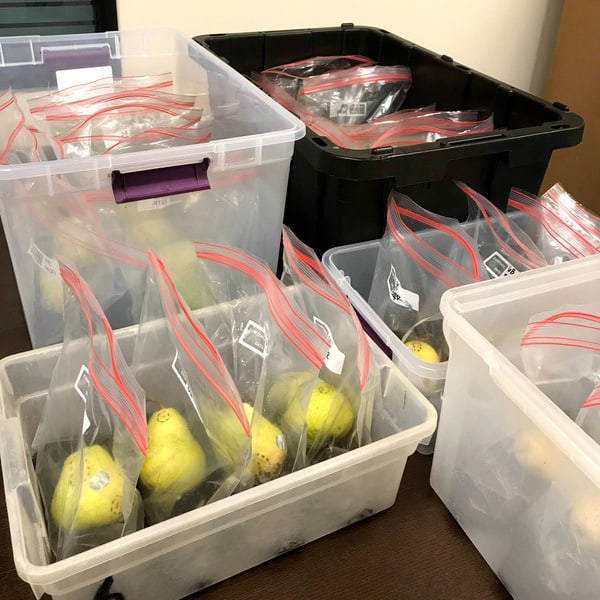
How do we double-check?
Save The Bay implemented a rigorous and creative regimen to continually test for traces of Phytophthora in our nurseries, especially since over the pandemic we needed to hold plant material for longer. The pathogen loves certain types of pears, which we leave as bait. If Phytophthora exists, it will attack the pears and be detected when we routinely send them to the California Department of Food and Agriculture for testing.
→ -
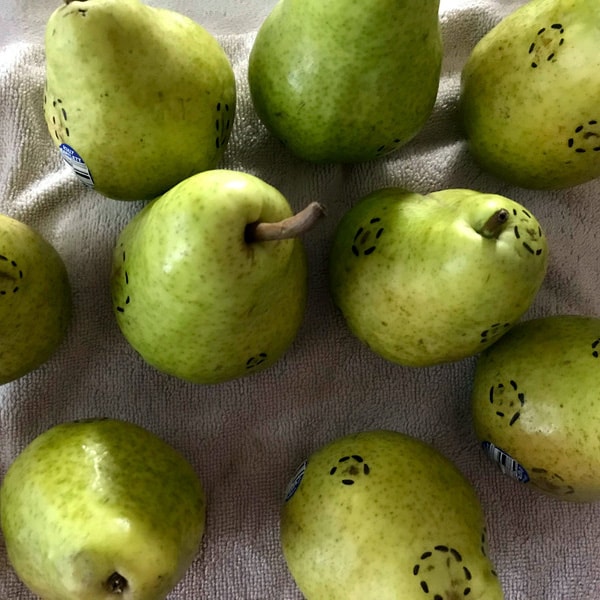
What is our track record?
Success: Save The Bay tested negative for Phytophthora in all nurseries, all year!
Educate
-
22 Years
Serving our communities with Bay Education Programs
-
25 Classes
We have provided bus transportation stipends to in the last 5 years
-
140%
Increase of underserved students’ participation in our Education Program in the last 10 years
Outdoor Learning Online is an education portal that offers hands-on science lessons for remote learning environments. OLO is a place where students can connect with our Habitat Restoration Team and experience the Bay virtually. Since launching OLO in September 2020, our videos on ecology & biodiversity, watershed science, king tides, climate change and more have been viewed over 1,400 times by individuals and classrooms from the Bay Area and beyond.
-
381 Students
-
25 Classrooms
Live Virtual Field Trips were held over Zoom with field staff at the shoreline and students at home. As students return in-person, Virtual Field Trips will be used as an alternative for days with extreme weather or poor air quality and will expand access to classes that are unable to visit the shoreline.
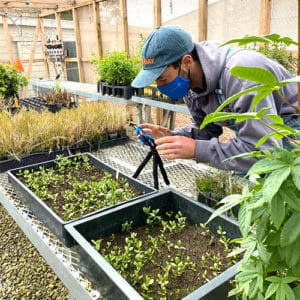 “This virtual field trip was fantastic! There was a great flow of activities and the team asked thought-provoking, engaging questions. Despite not being able to visit the site in-person, my students were super into it and they learned a lot. This field trip built nicely on the lessons we used from the OLO site and the Save The Bay Watershed curriculum.”
“This virtual field trip was fantastic! There was a great flow of activities and the team asked thought-provoking, engaging questions. Despite not being able to visit the site in-person, my students were super into it and they learned a lot. This field trip built nicely on the lessons we used from the OLO site and the Save The Bay Watershed curriculum.”
– Gavin Obadashian, Teacher at Marin Horizons School
I am a Bay Sustainer
“I am a monthly donor to Save The Bay because I hope to do my small part to provide Save The Bay long-term funding security – to preserve biodiversity in this region. Countless lives, both human and non-human, depend on the health of the San Francisco Bay.
“I myself depend on it when I take in its beauty on a hike or marvel at the many animals that call it home. To keep the Bay Area one of the most special places in the world, we should all protect and care about the health of the Bay.” – Ryan Hart, pictured at Albany Bulb where he frequently picks up trash
I am a Bay Sustainer
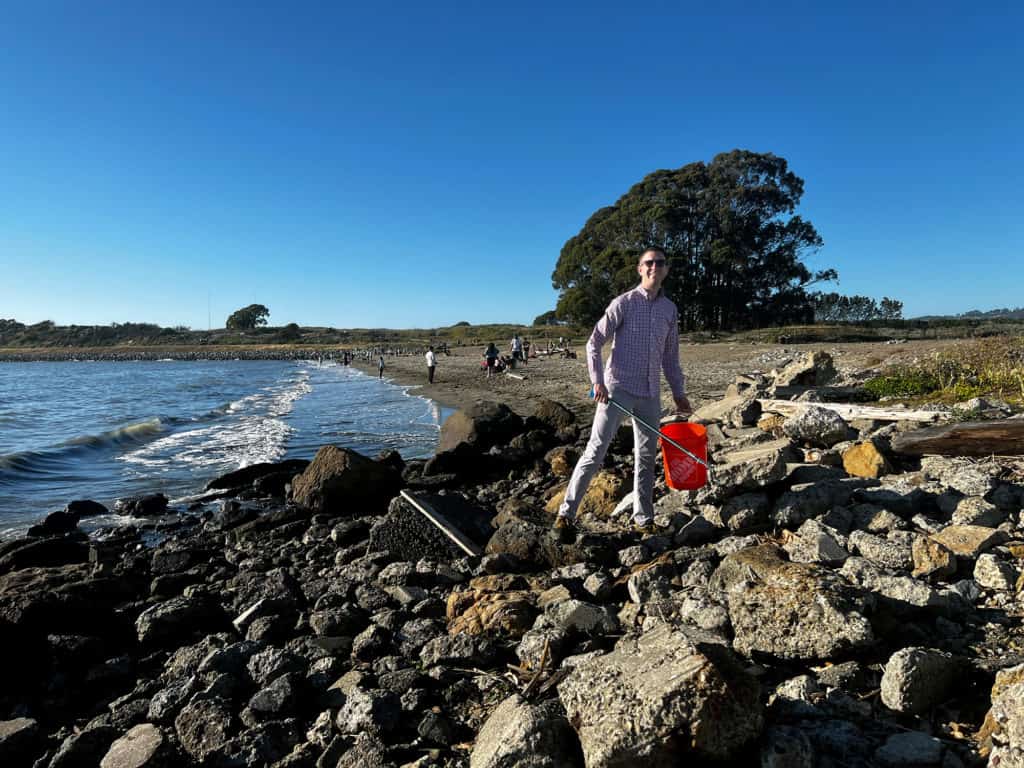
“I am a monthly donor to Save The Bay because I hope to do my small part to provide Save The Bay long-term funding security – to preserve biodiversity in this region. Countless lives, both human and non-human, depend on the health of the San Francisco Bay.
“I myself depend on it when I take in its beauty on a hike or marvel at the many animals that call it home. To keep the Bay Area one of the most special places in the world, we should all protect and care about the health of the Bay.” – Ryan Hart, pictured at Albany Bulb where he frequently picks up trash
5th Annual Bay Day
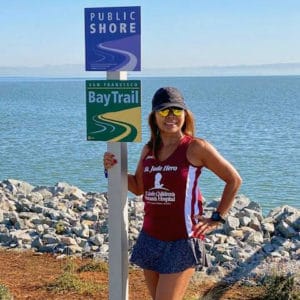 Launched in 2016 and declared a public holiday in 7 counties, Bay Day is a time every Fall for our whole region to celebrate San Francisco Bay. What was once a large public gathering has evolved, with safety and flexibility in mind, into a month-long opportunity for everyone to build their own Bay Day adventure. In this new format, participants are challenged to explore the Bay Trail (which spans 350 miles throughout all 9 Bay Area counties) or create their own Bay Day adventure with activities such as kite flying, bird-watching, and picnicking.
Launched in 2016 and declared a public holiday in 7 counties, Bay Day is a time every Fall for our whole region to celebrate San Francisco Bay. What was once a large public gathering has evolved, with safety and flexibility in mind, into a month-long opportunity for everyone to build their own Bay Day adventure. In this new format, participants are challenged to explore the Bay Trail (which spans 350 miles throughout all 9 Bay Area counties) or create their own Bay Day adventure with activities such as kite flying, bird-watching, and picnicking.
“Thanks so much for this FUN Trail Challenge!”– Malou Sana, pictured, participated as part of the Wilson Sonsini Goodrich & Rosati team.
Advancing Diversity, Equity & Environmental Justice
Sixty years after our founding, Save The Bay is now increasing efforts to advance equity, environmental justice and cultural humility through our mission, programs, and internal operations. We are dedicating ourselves to a sustained journey, on which we’ve only taken initial steps.
Led by our staff Diversity, Equity, Inclusion, & Accessibility (DEIA) Committee since 2019, we’re more aware of bias and inequity. We’ve invested in extensive skills training to build inclusive culture and management approaches, broaden our partnerships, and engage more of the Bay Area’s communities in efforts to restore the Bay and protect our region from climate change impacts.
For two years, The Mosaic Collaborative team has coached us and shaped this DEIA work, resulting in new human resource policies and practices, including in recruitment and hiring processes. As one example, we revamped Save The Bay’s Fellowship Program from a short-term volunteer effort to now feature paid positions for 6-12 months so more people can afford to participate, gain work experience and mentorship, and complete projects that position them for future employment.
Our student education programs focus primarily on diverse and underserved school populations, with more curriculum in person and on-line presented in Spanish for greater accessibility and comprehension. Reflecting our DEIA commitment to community organizing and broader public engagement, our Urban Greening advocacy is enlisting community organizations in East San Jose, and our Sixty Years Strong event on climate solutions featured a prominent acknowledgment of indigenous peoples’ land stewardship legacy and oppression.
Building on this work to achieve meaningful results is a top priority for Save The Bay.
Advancing Diversity, Equity & Environmental Justice
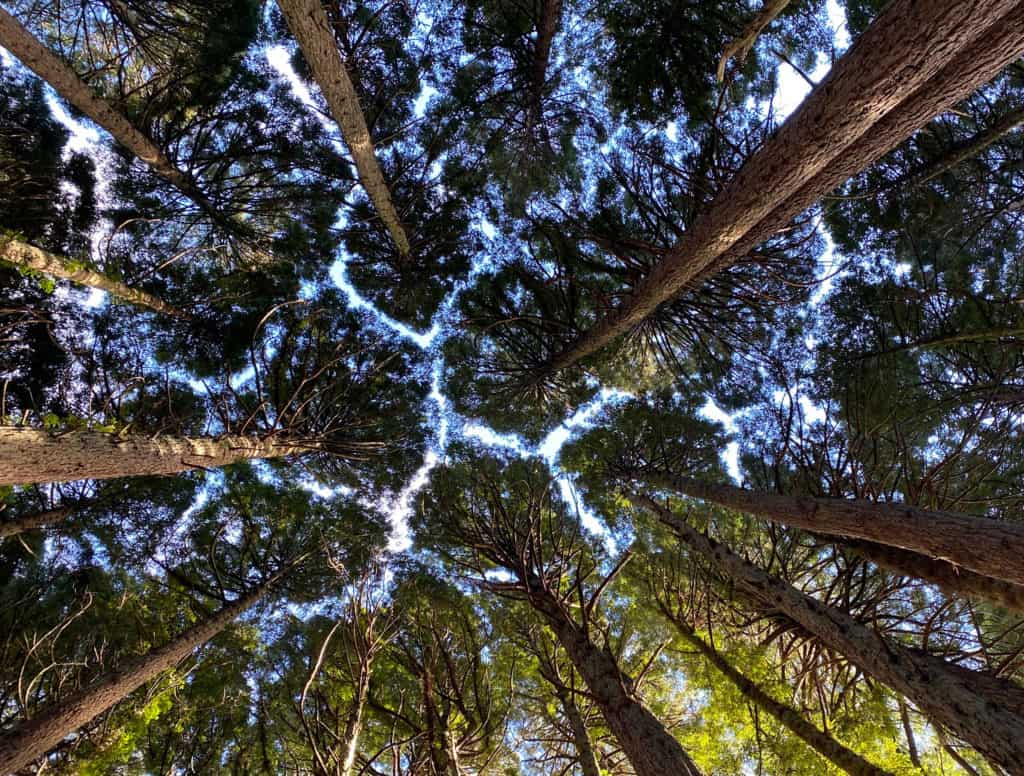
Sixty years after our founding, Save The Bay is now increasing efforts to advance equity, environmental justice and cultural humility through our mission, programs, and internal operations. We are dedicating ourselves to a sustained journey, on which we’ve only taken initial steps.
Led by our staff Diversity, Equity, Inclusion, & Accessibility (DEIA) Committee since 2019, we’re more aware of bias and inequity. We’ve invested in extensive skills training to build inclusive culture and management approaches, broaden our partnerships, and engage more of the Bay Area’s communities in efforts to restore the Bay and protect our region from climate change impacts.
For two years, The Mosaic Collaborative team has coached us and shaped this DEIA work, resulting in new human resource policies and practices, including in recruitment and hiring processes. As one example, we revamped Save The Bay’s Fellowship Program from a short-term volunteer effort to now feature paid positions for 6-12 months so more people can afford to participate, gain work experience and mentorship, and complete projects that position them for future employment.
Our student education programs focus primarily on diverse and underserved school populations, with more curriculum in person and on-line presented in Spanish for greater accessibility and comprehension. Reflecting our DEIA commitment to community organizing and broader public engagement, our Urban Greening advocacy is enlisting community organizations in East San Jose, and our Sixty Years Strong event on climate solutions featured a prominent acknowledgment of indigenous peoples’ land stewardship legacy and oppression.
Building on this work to achieve meaningful results is a top priority for Save The Bay.
2020-21 Financials
(combined c3 + c4)
